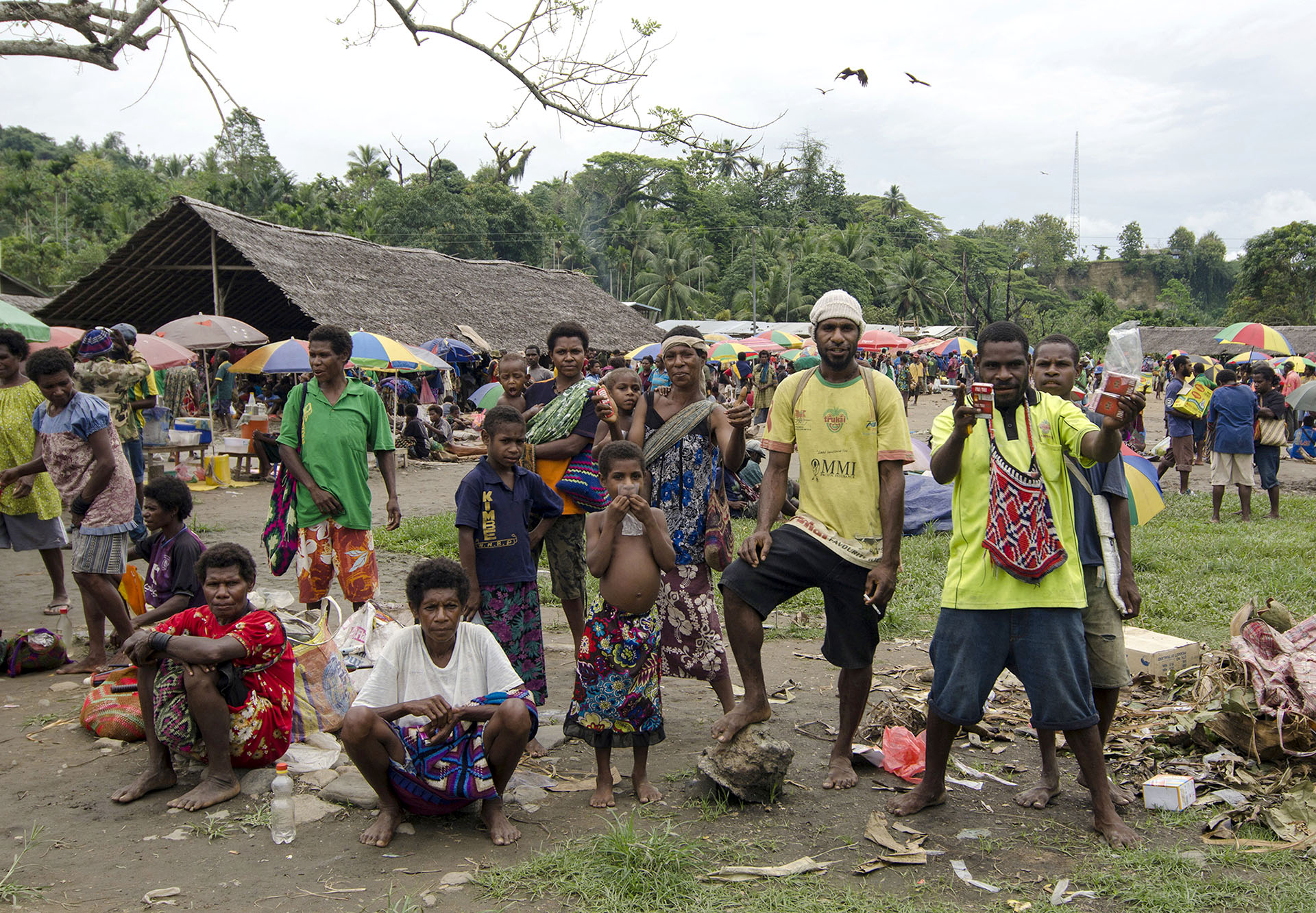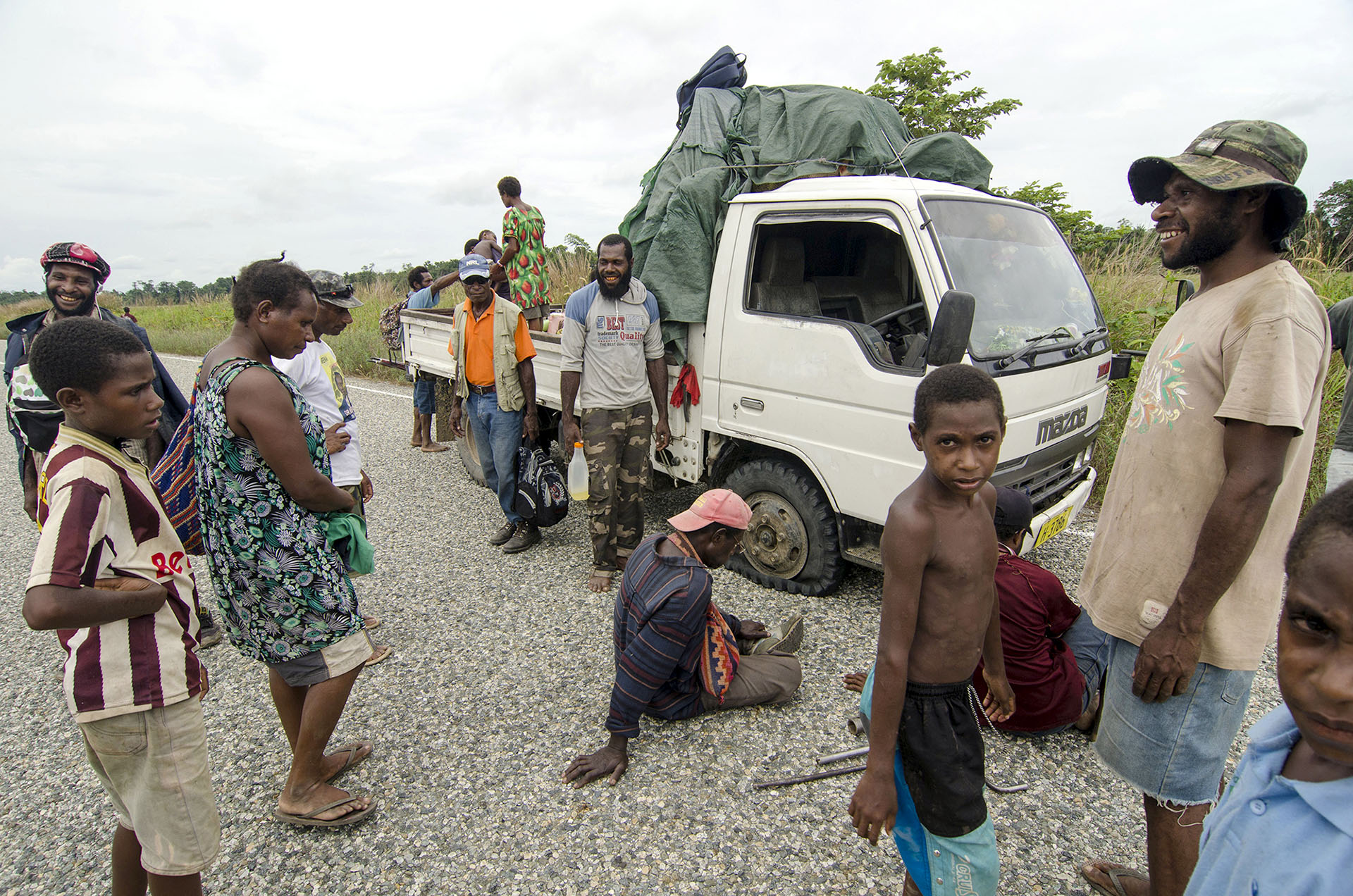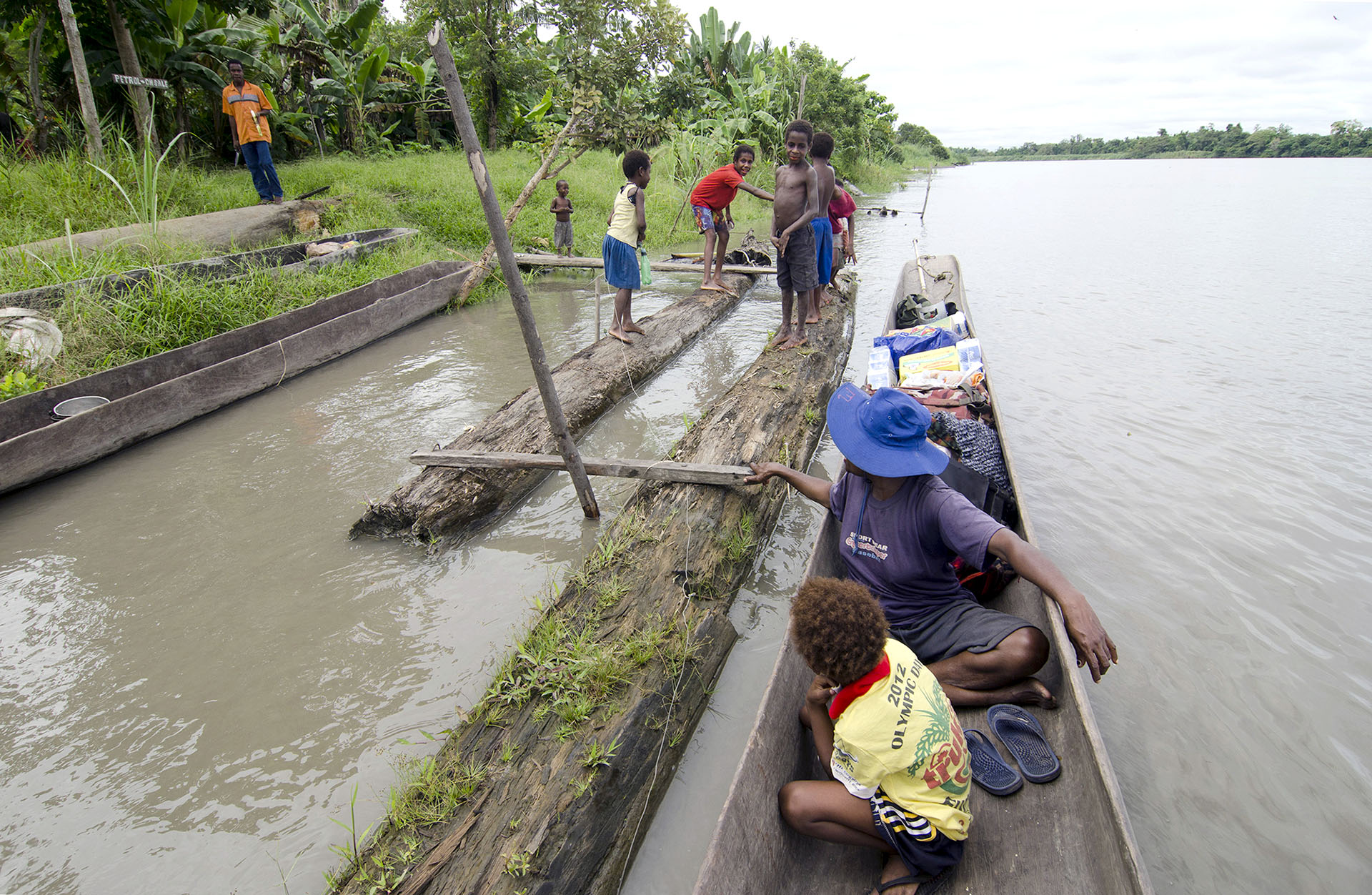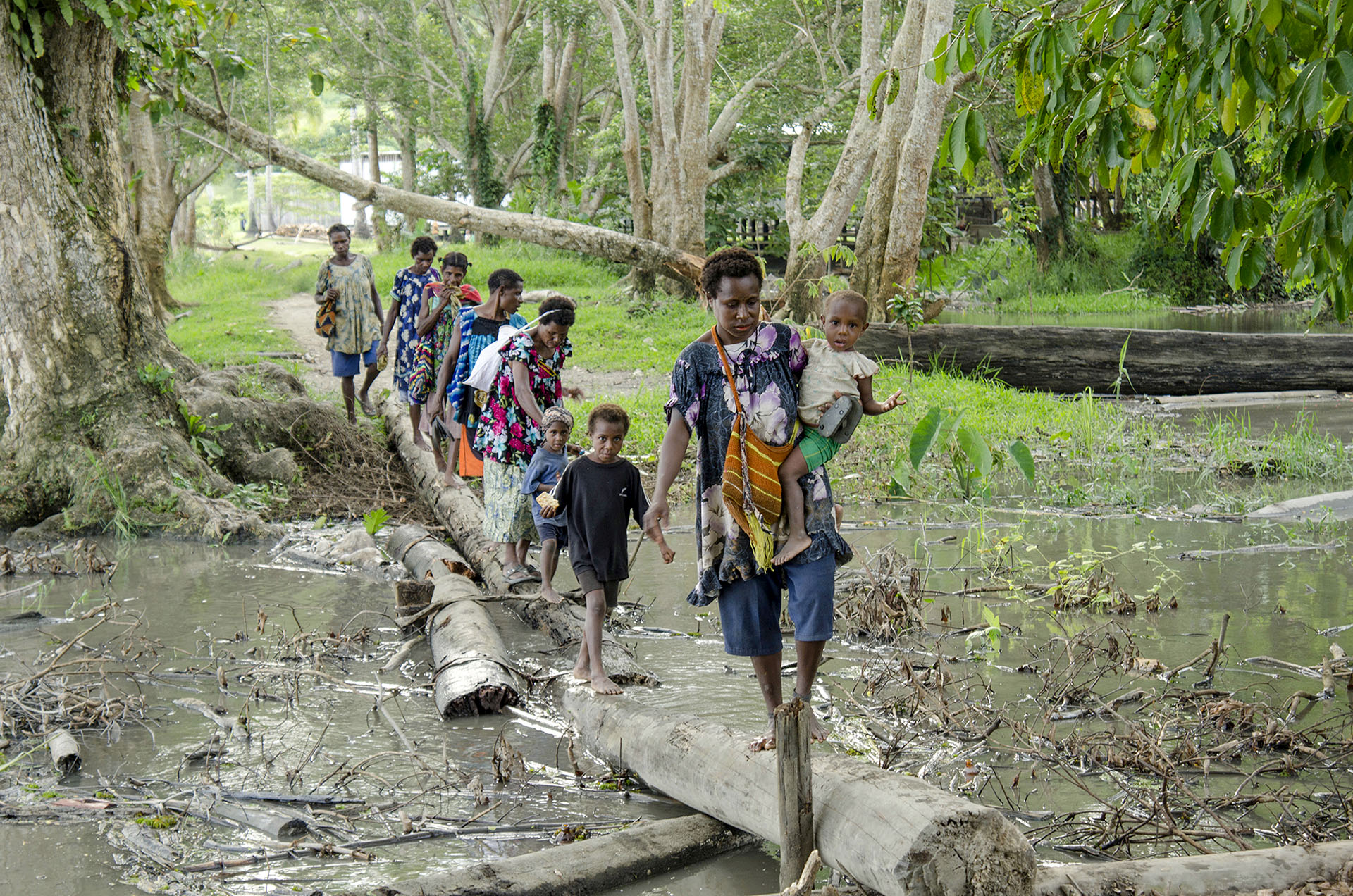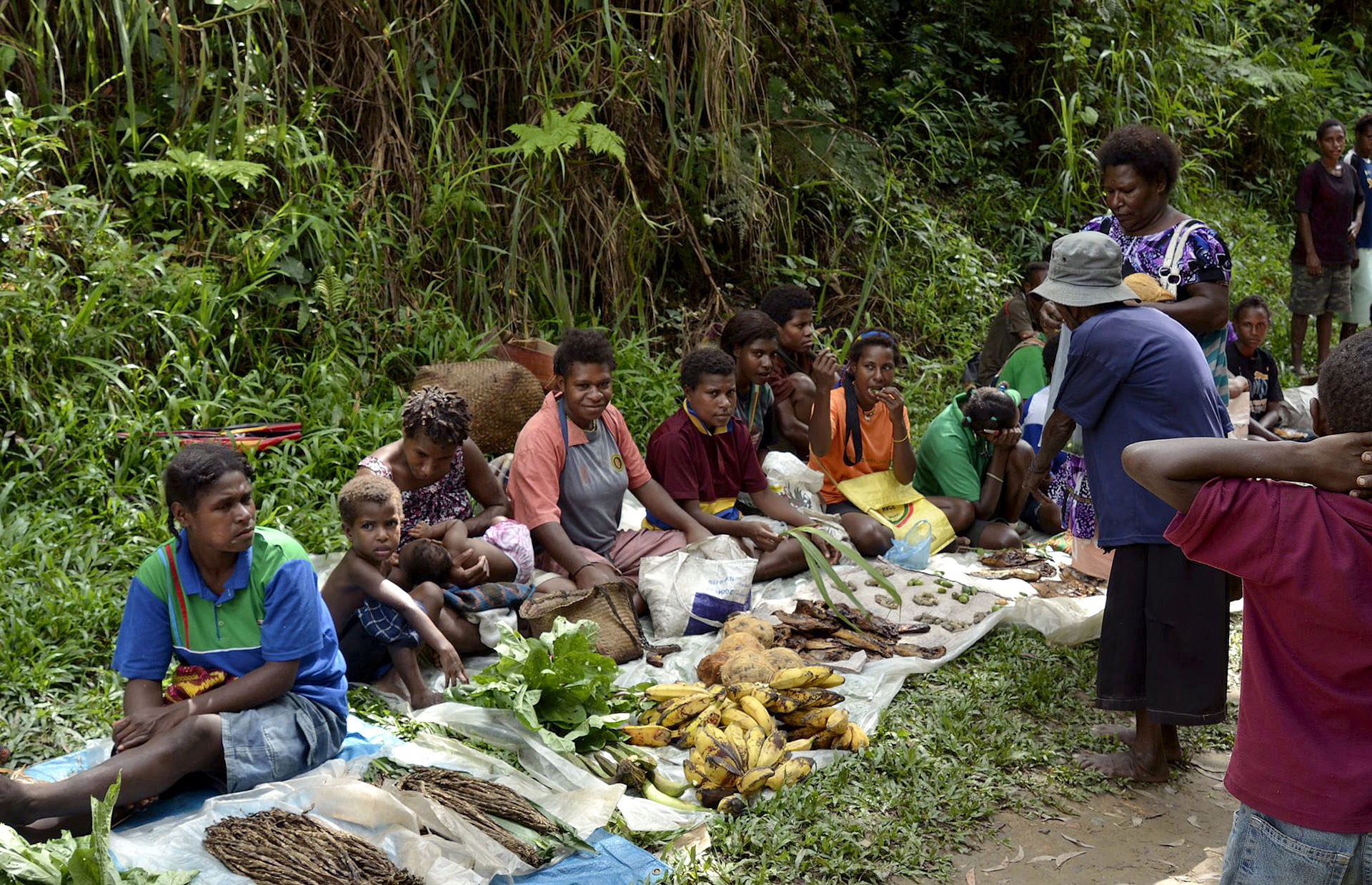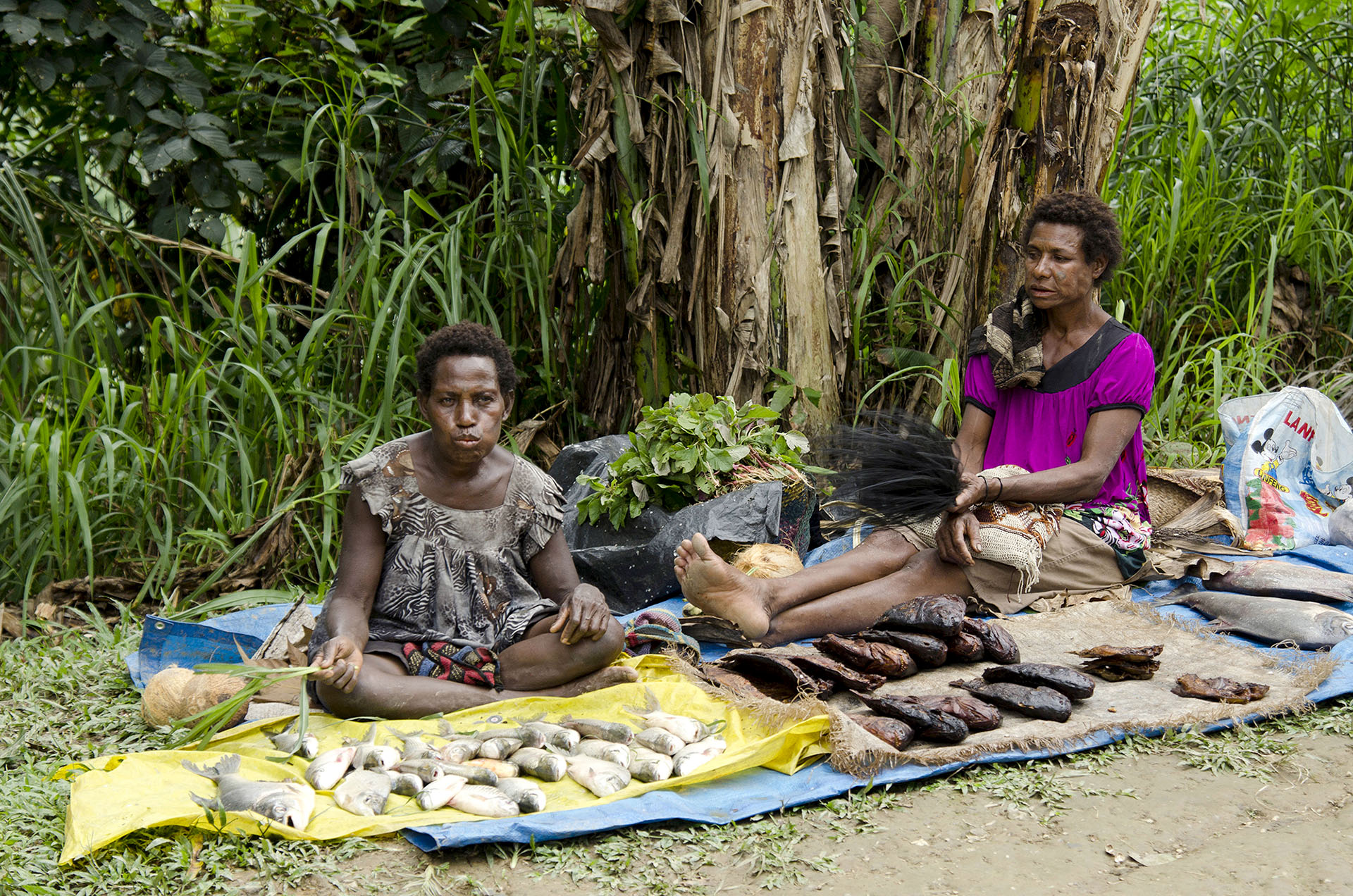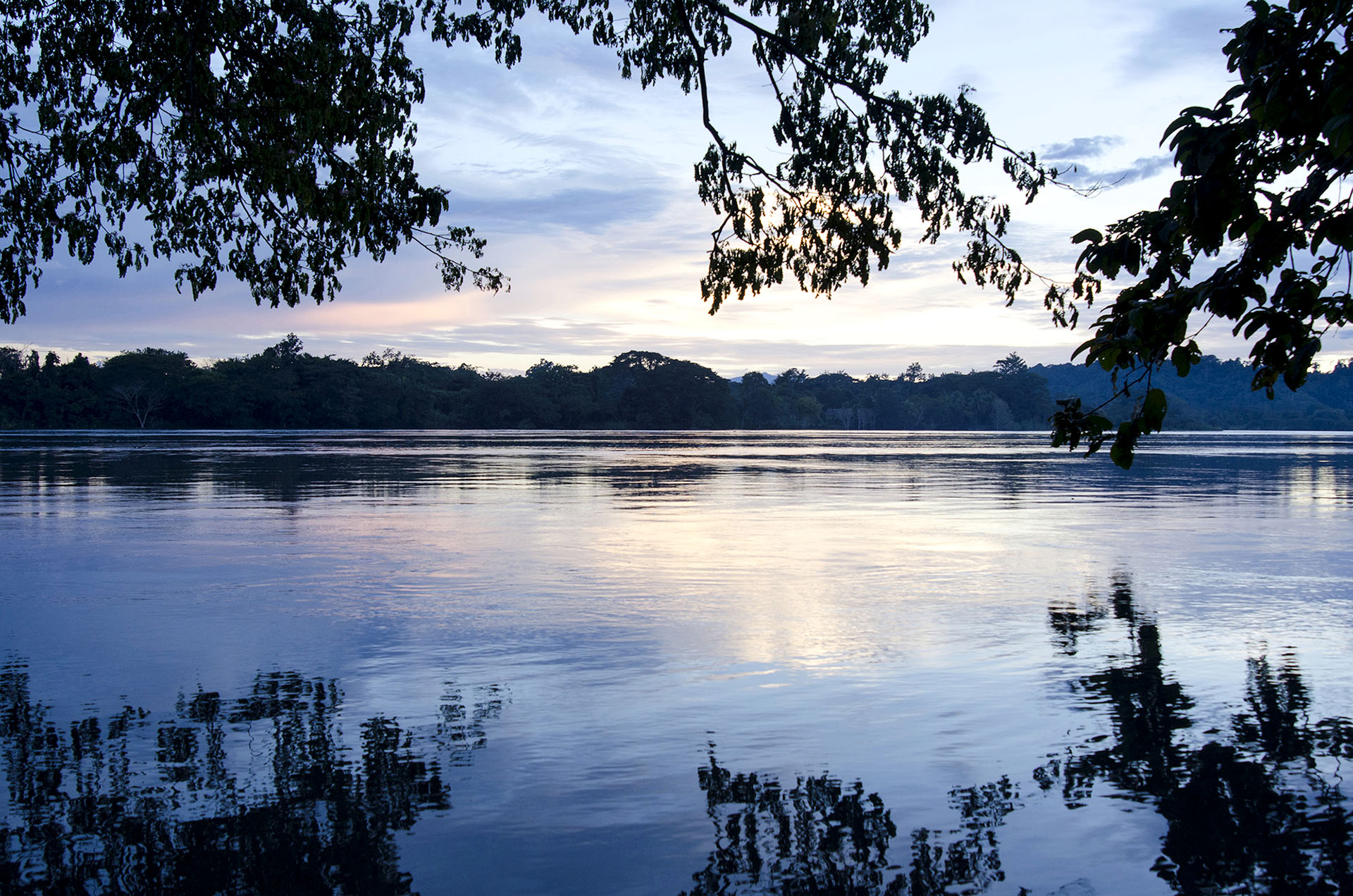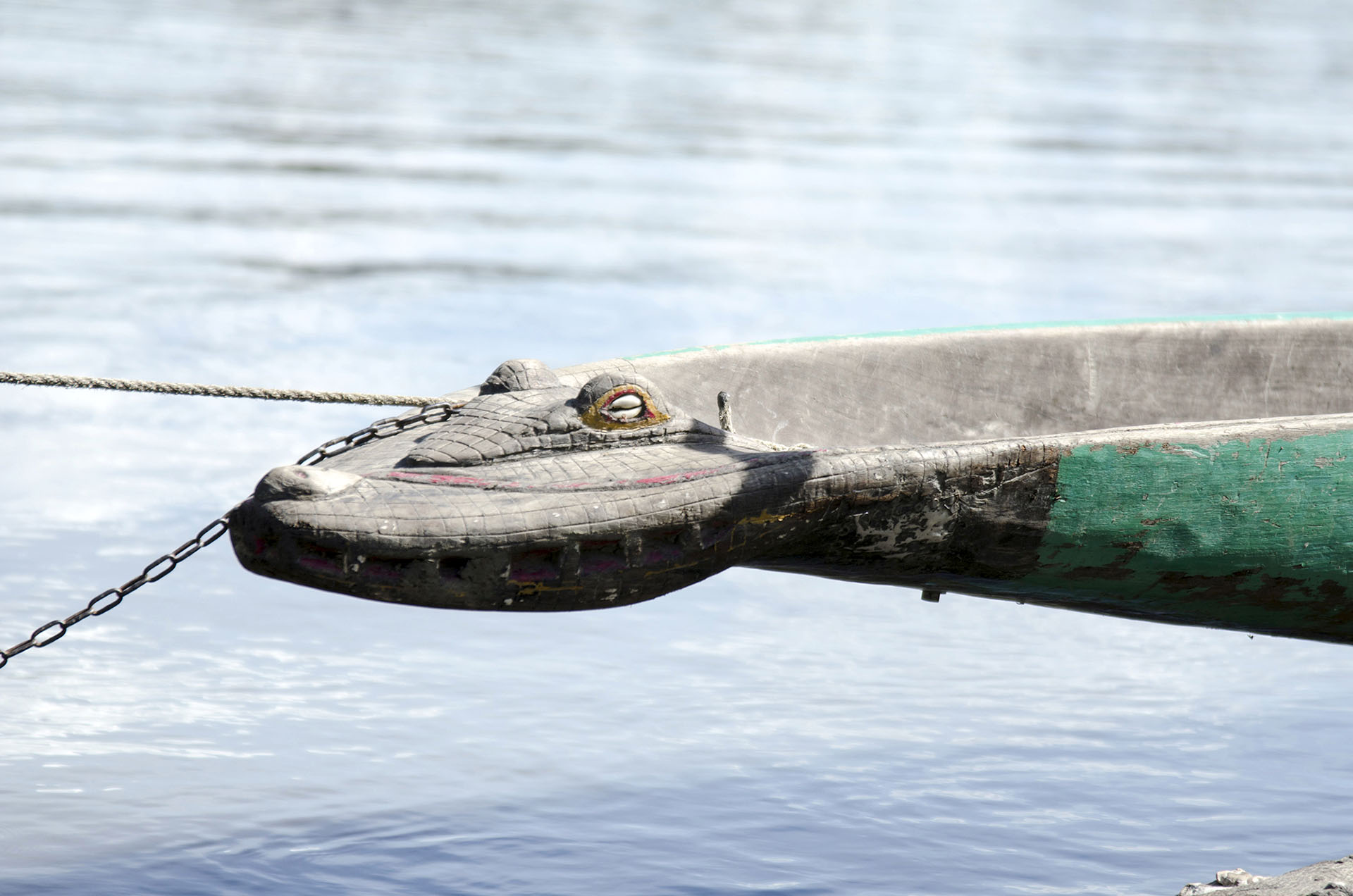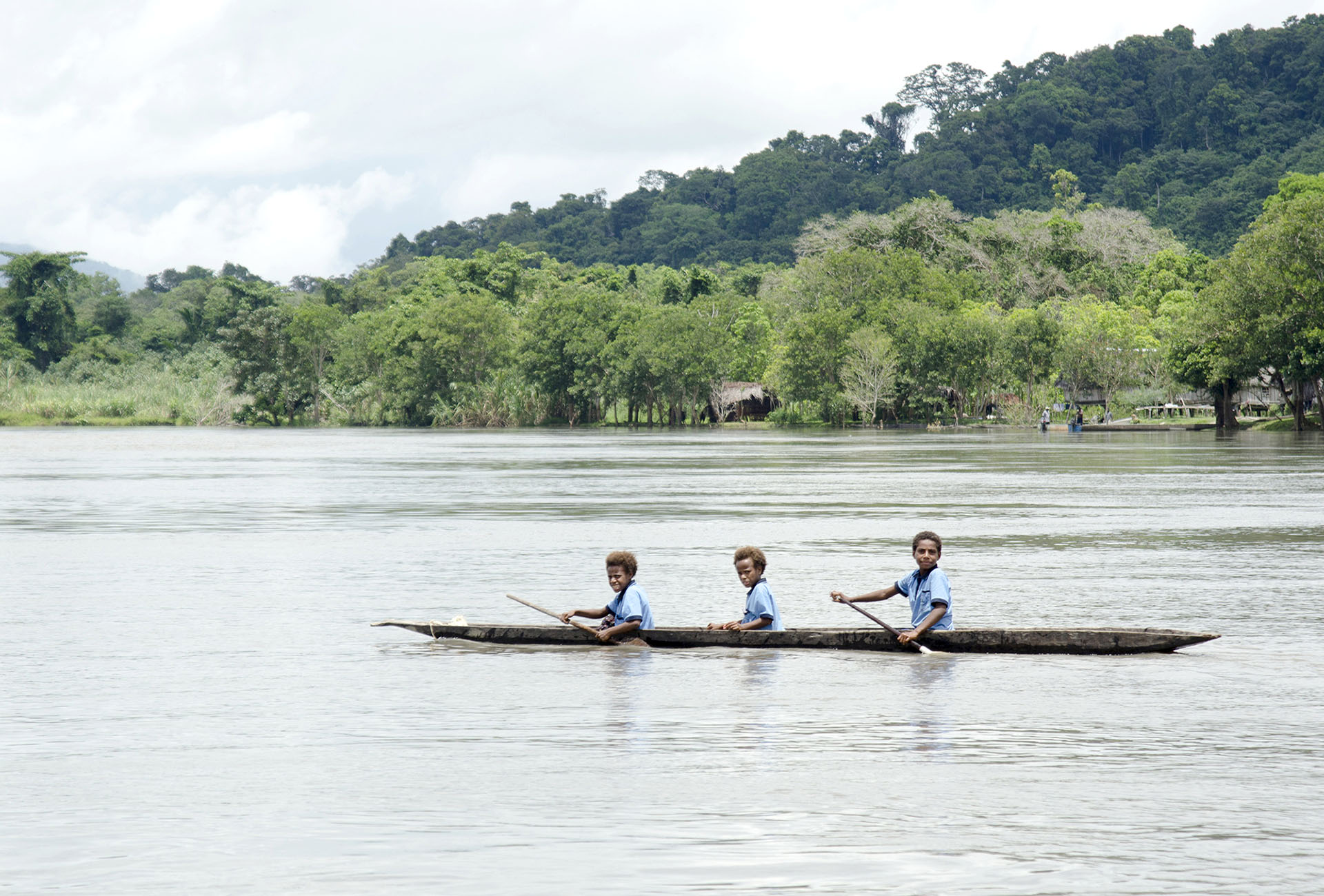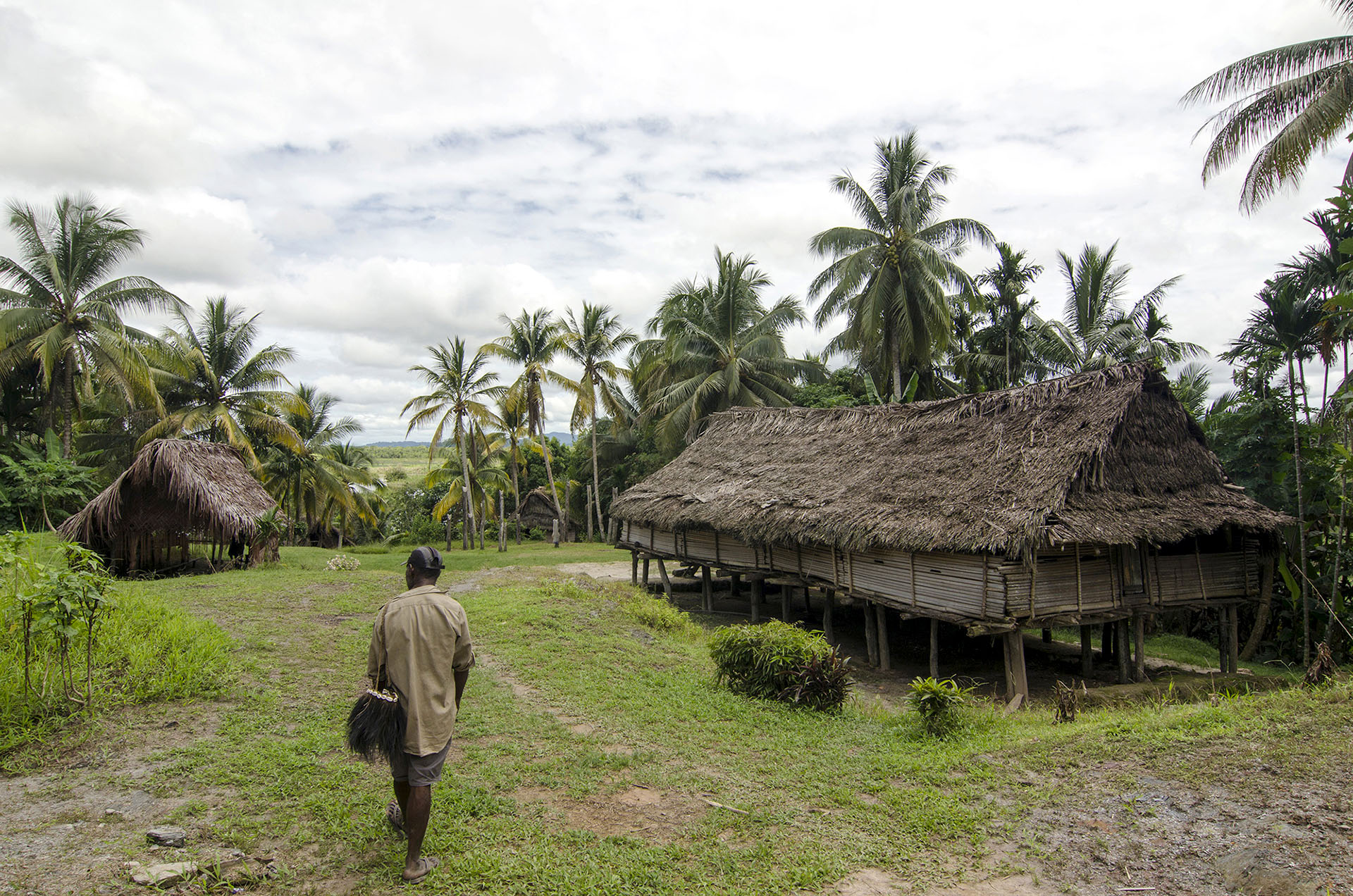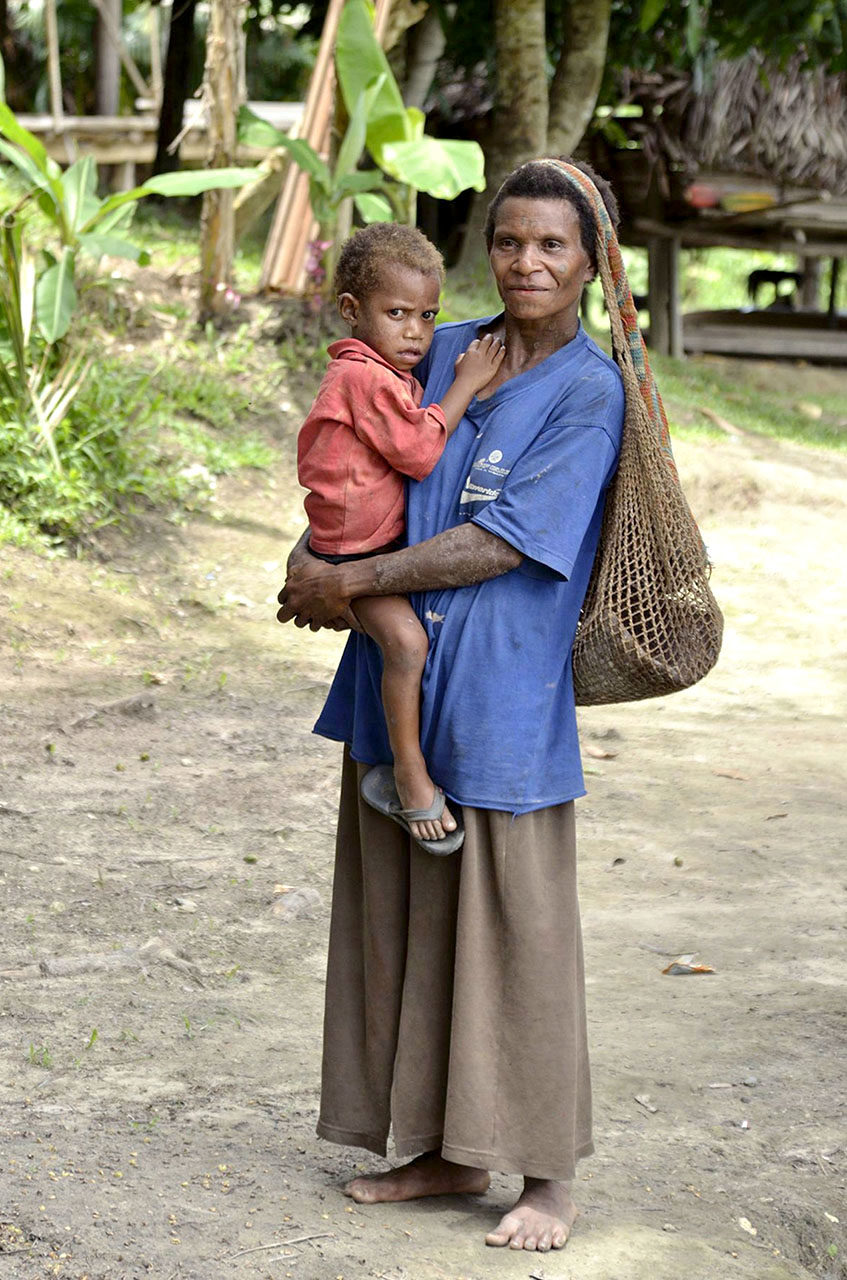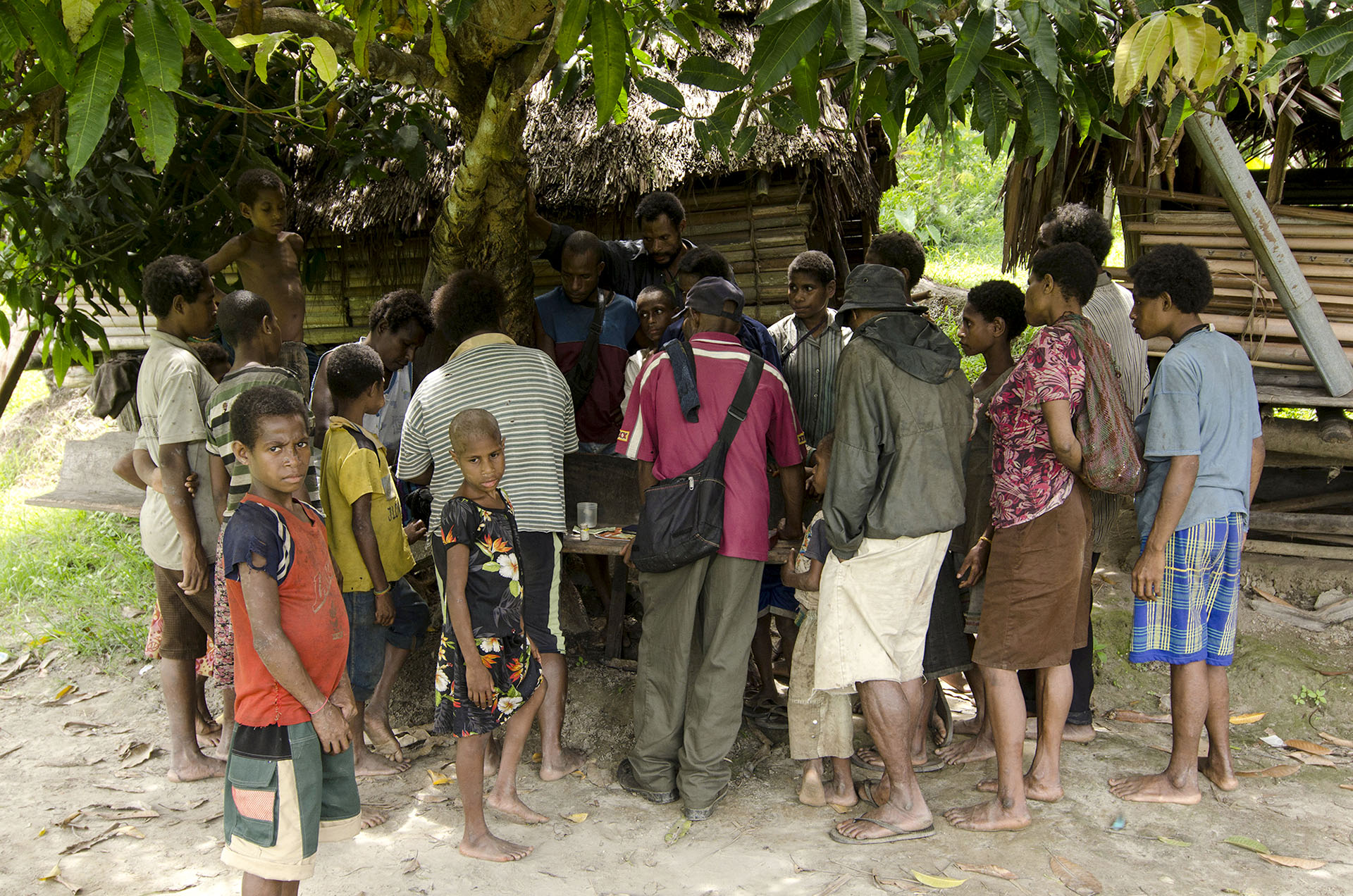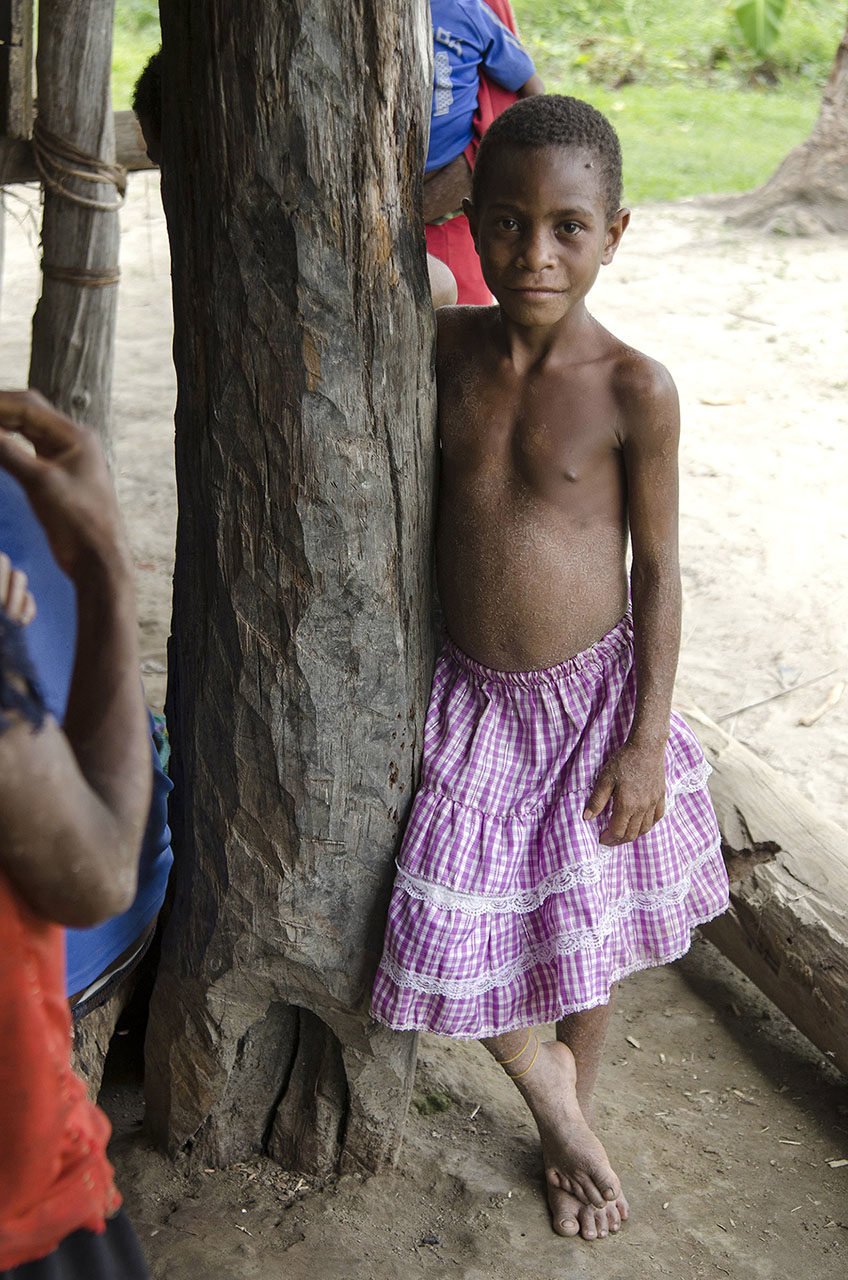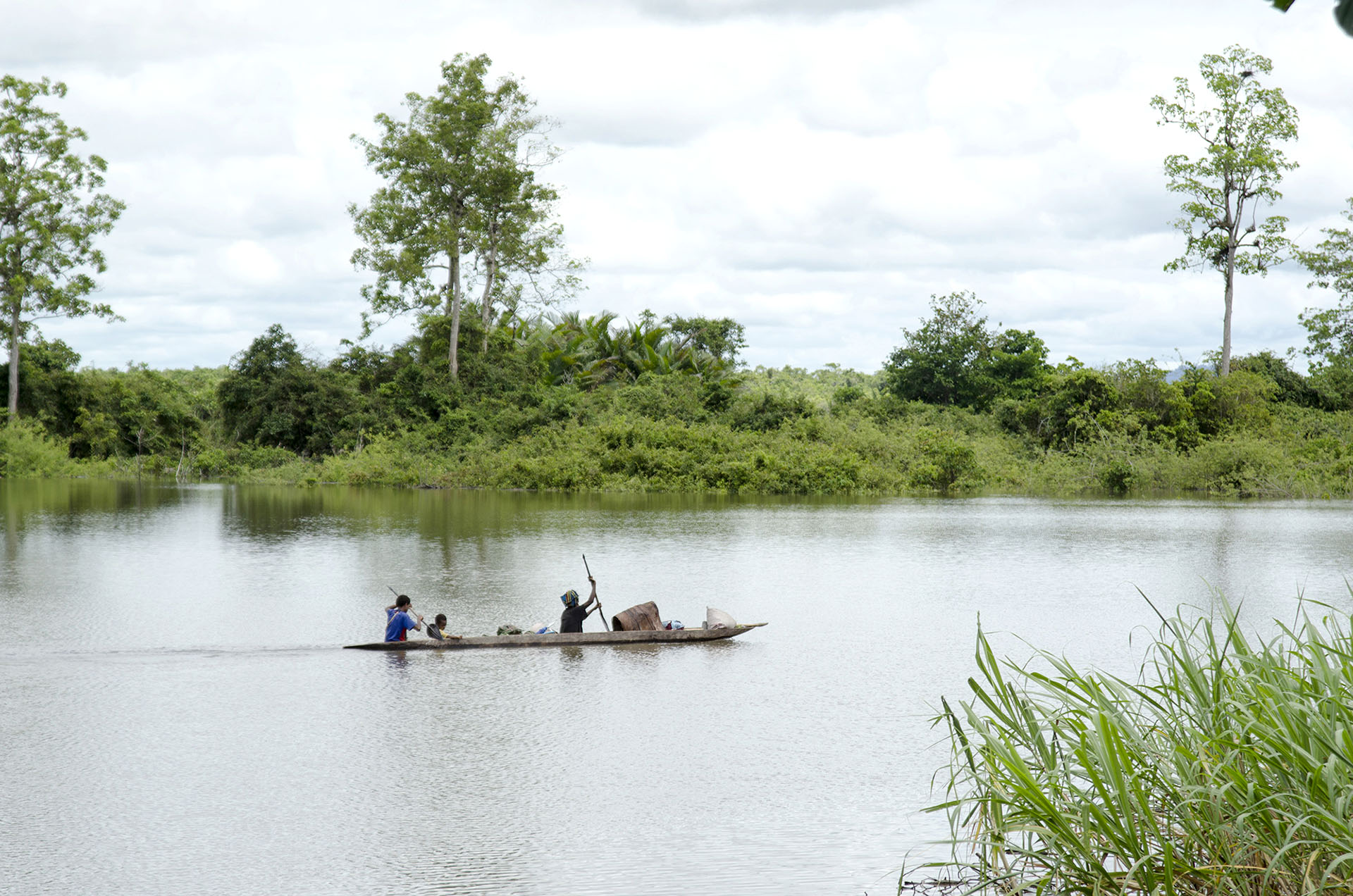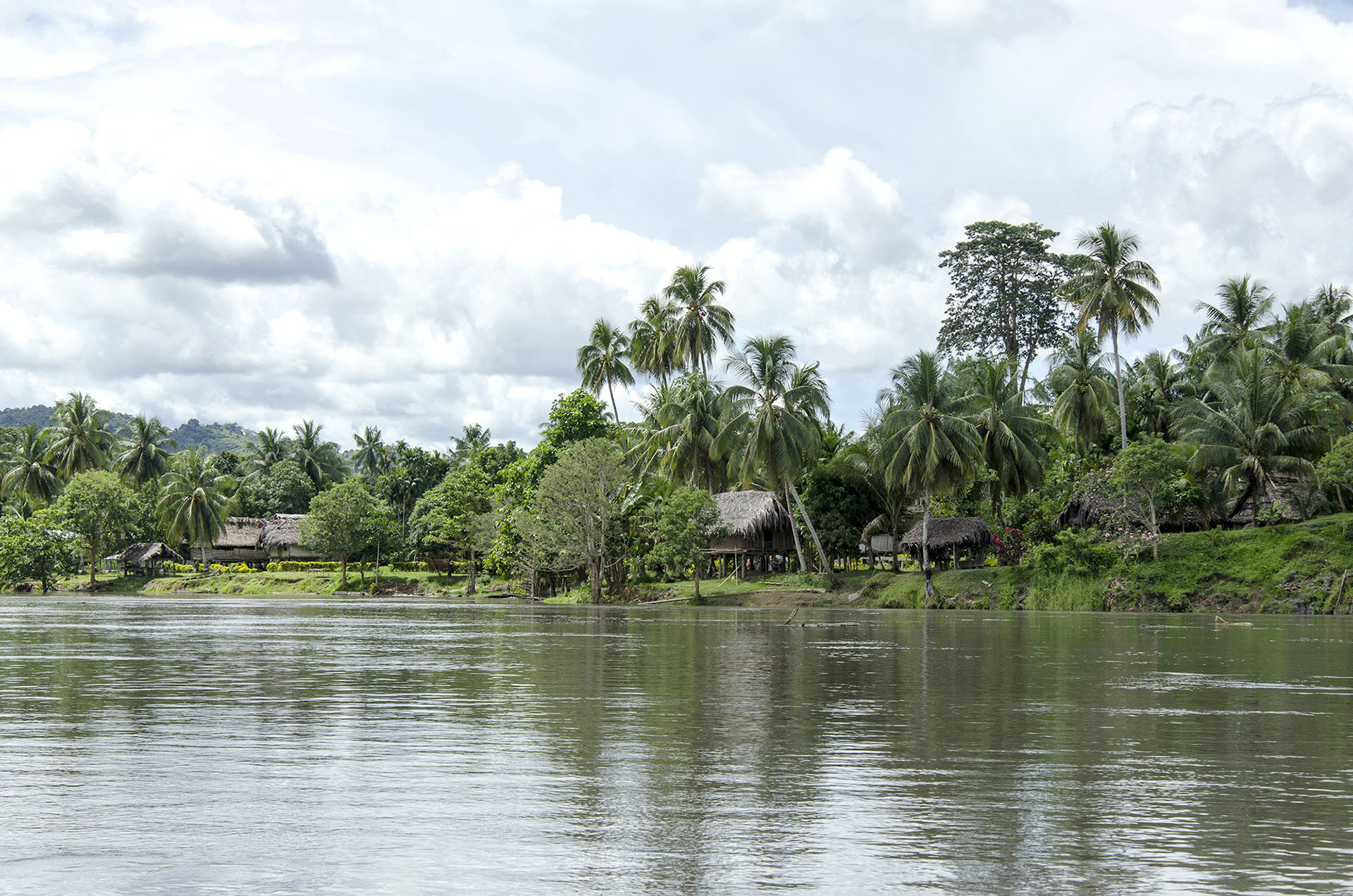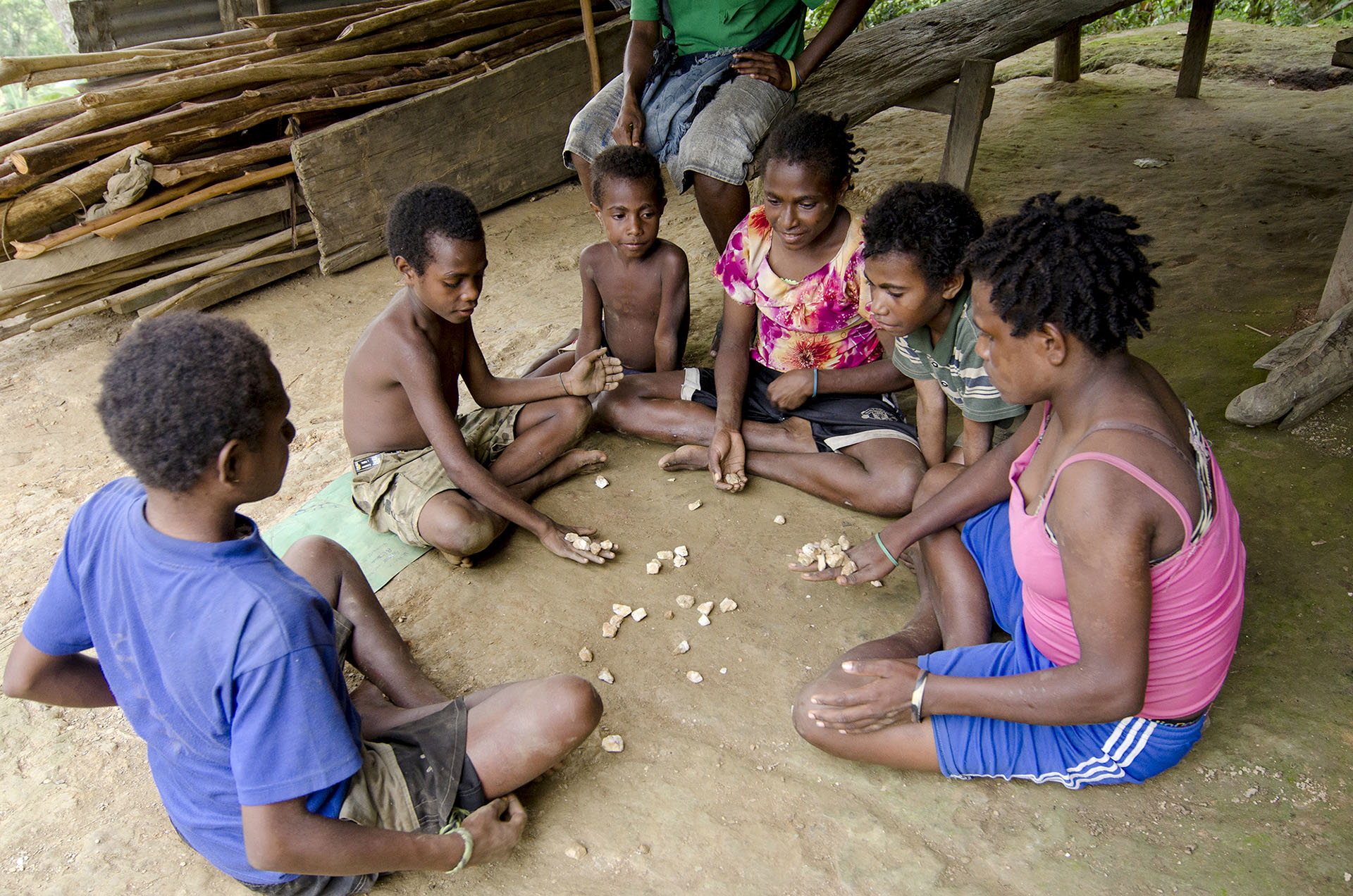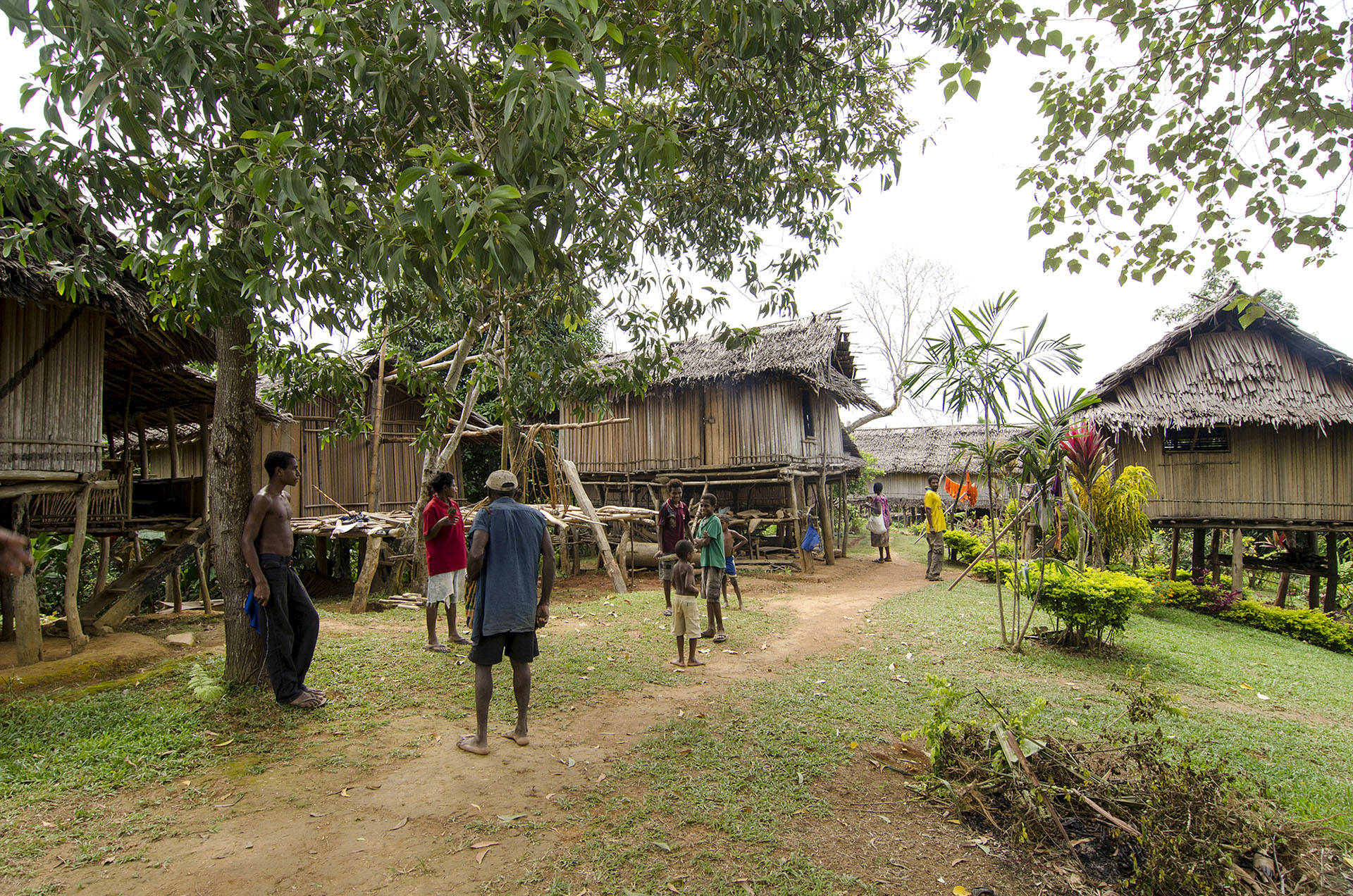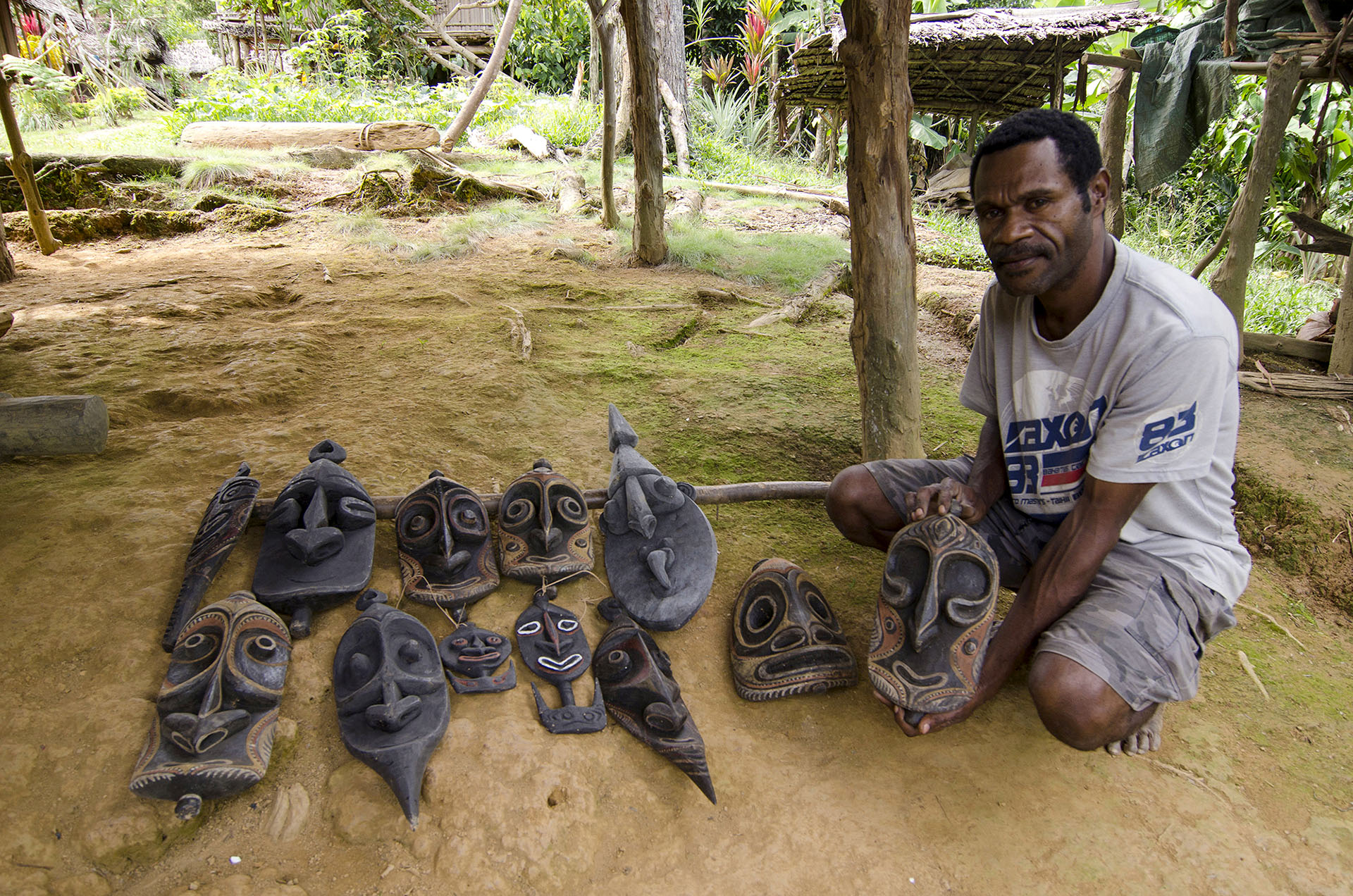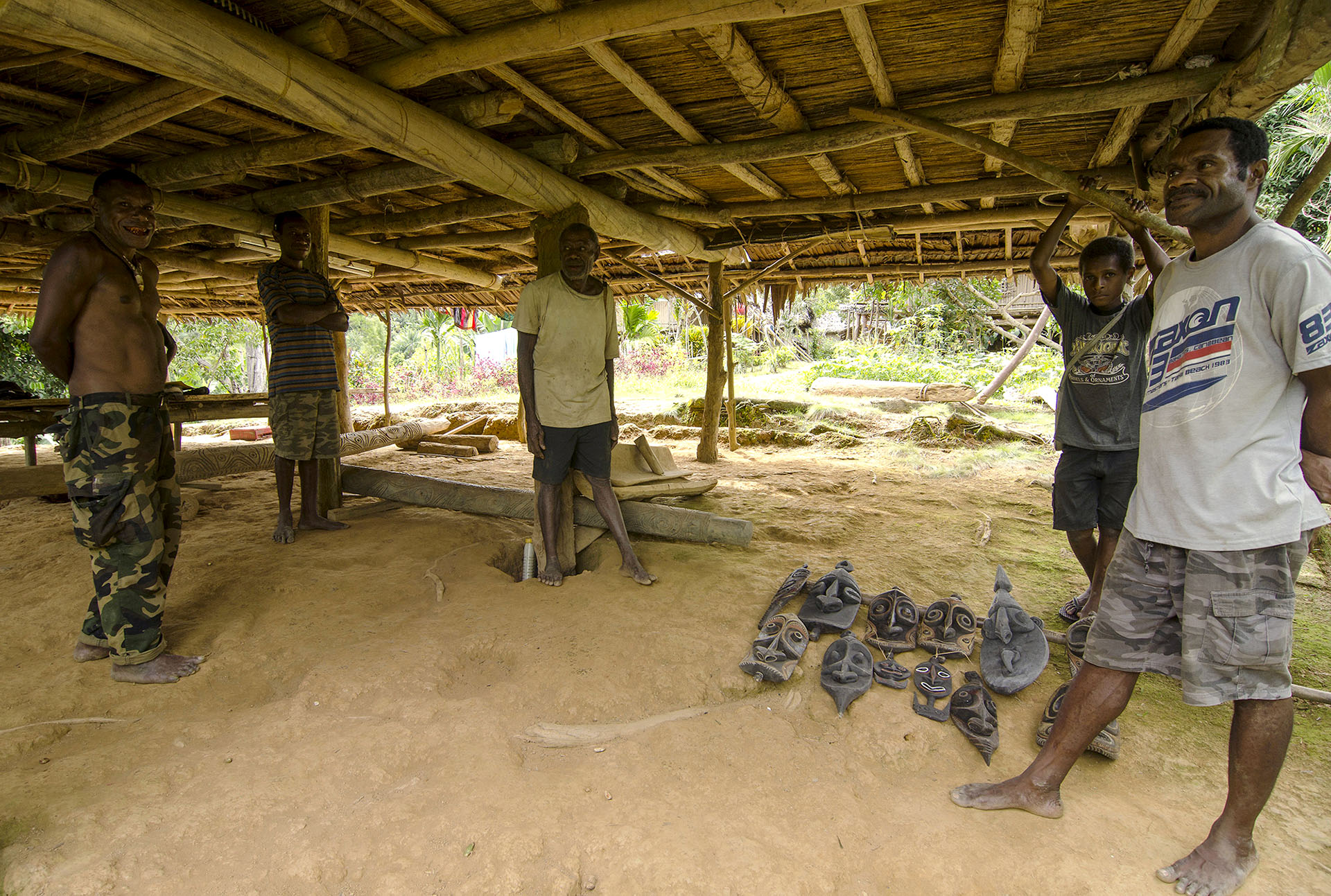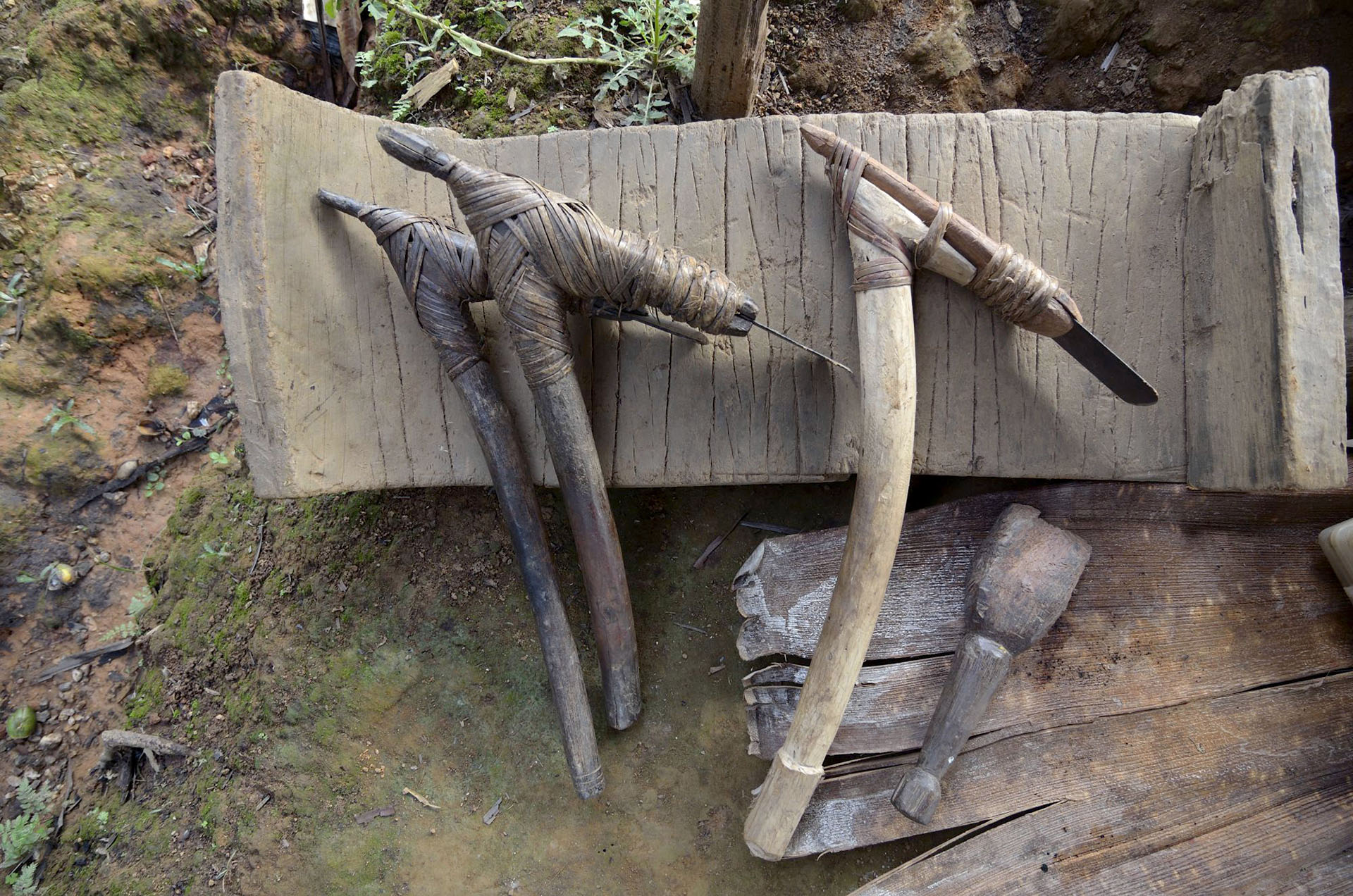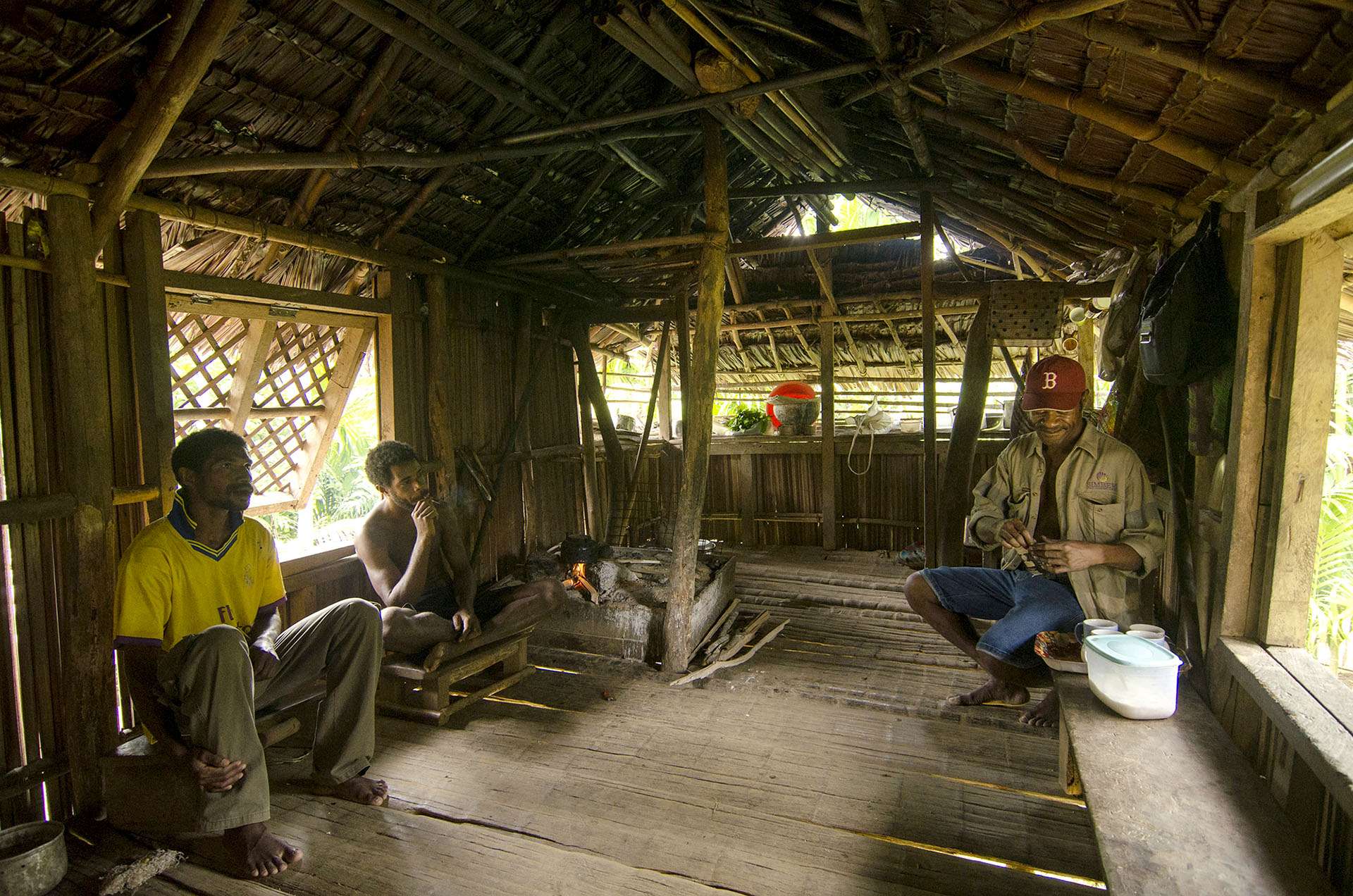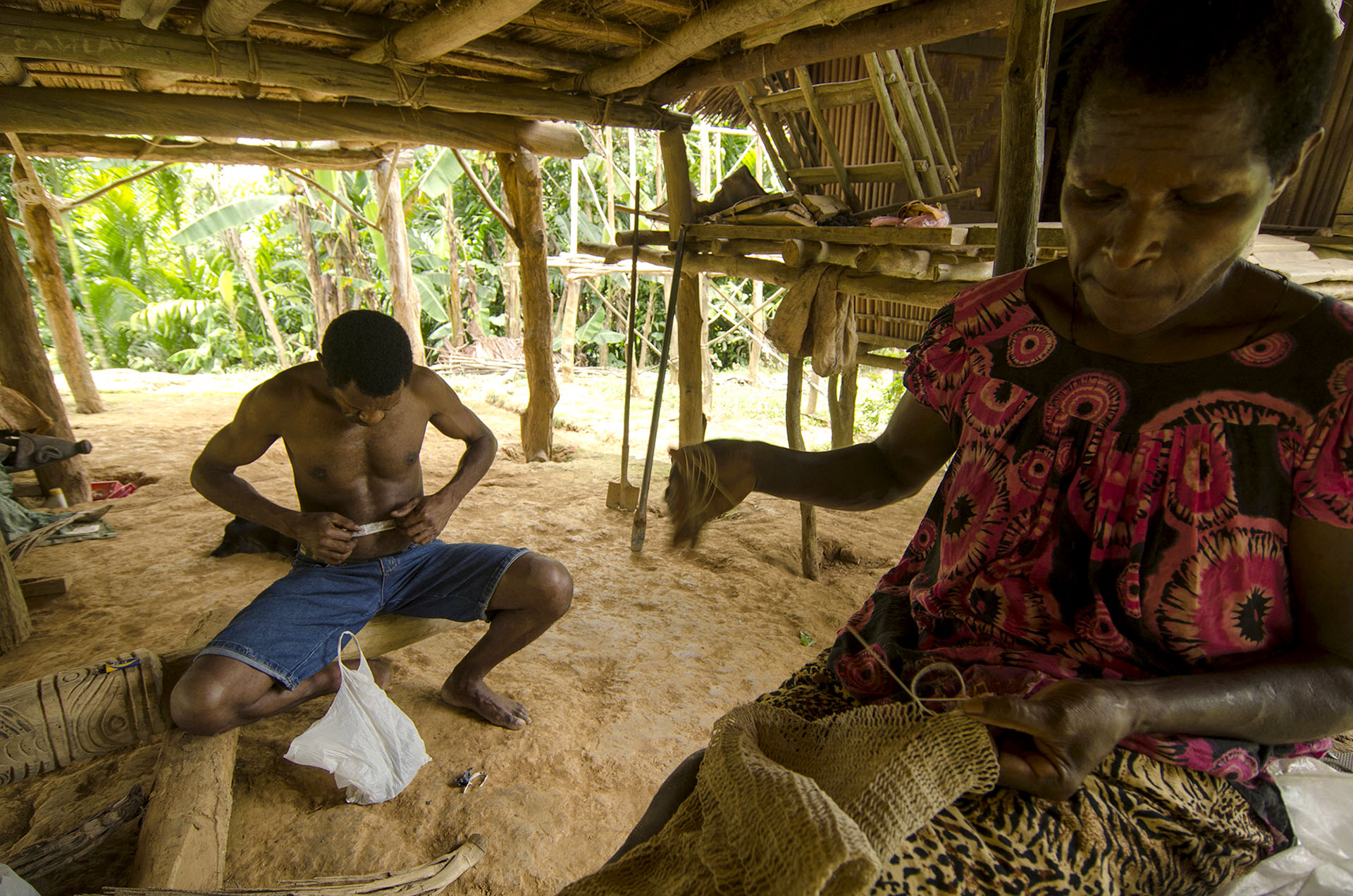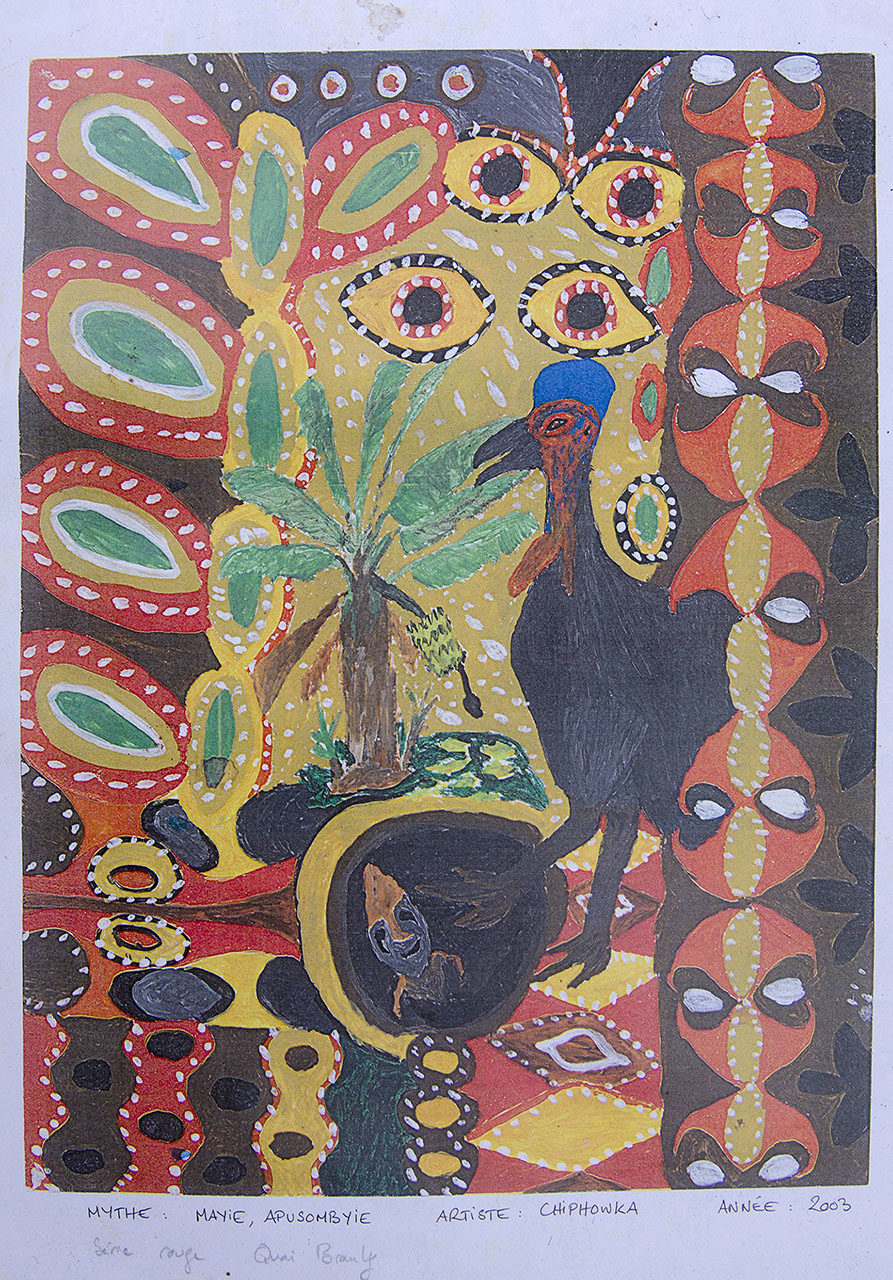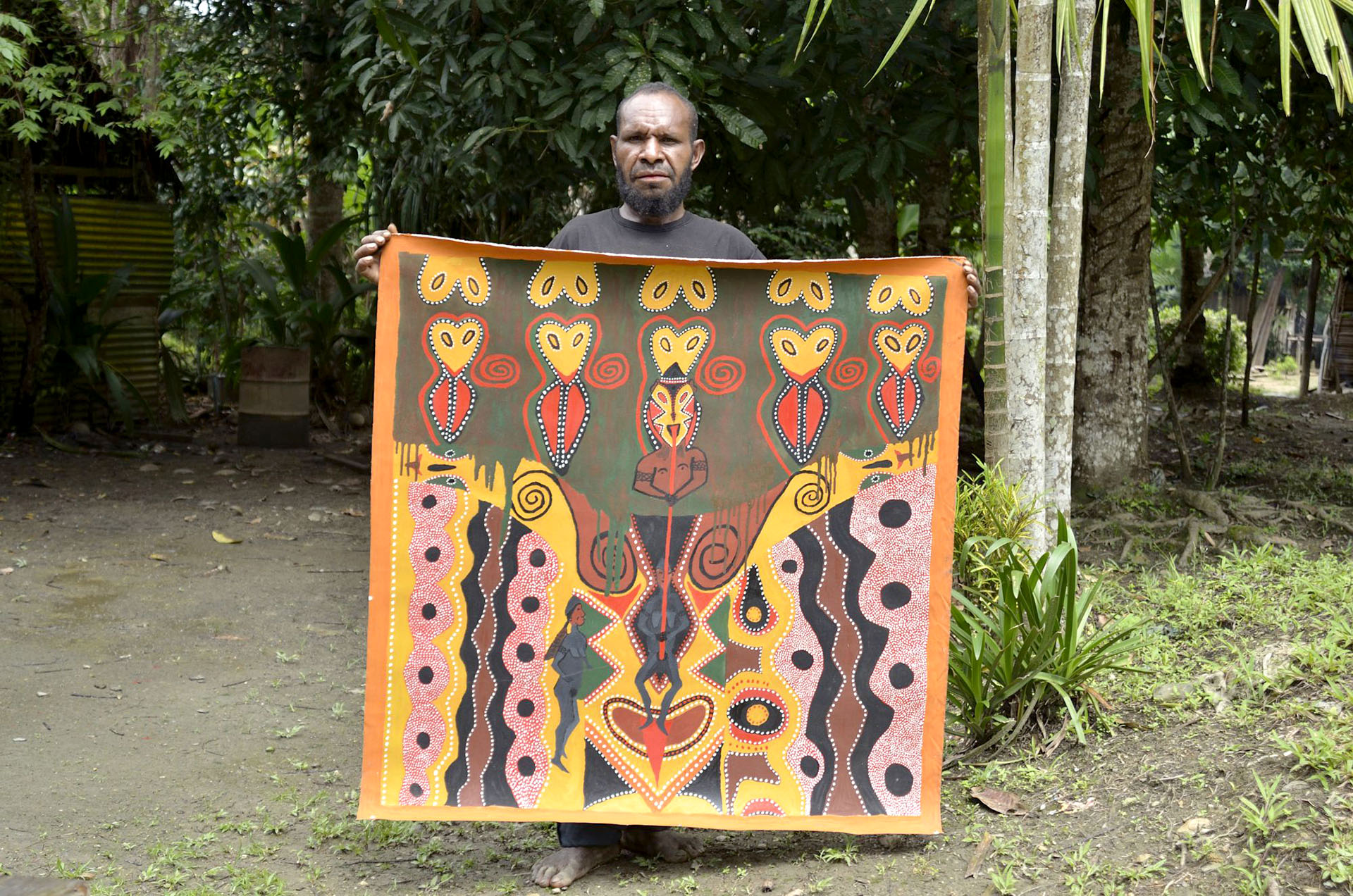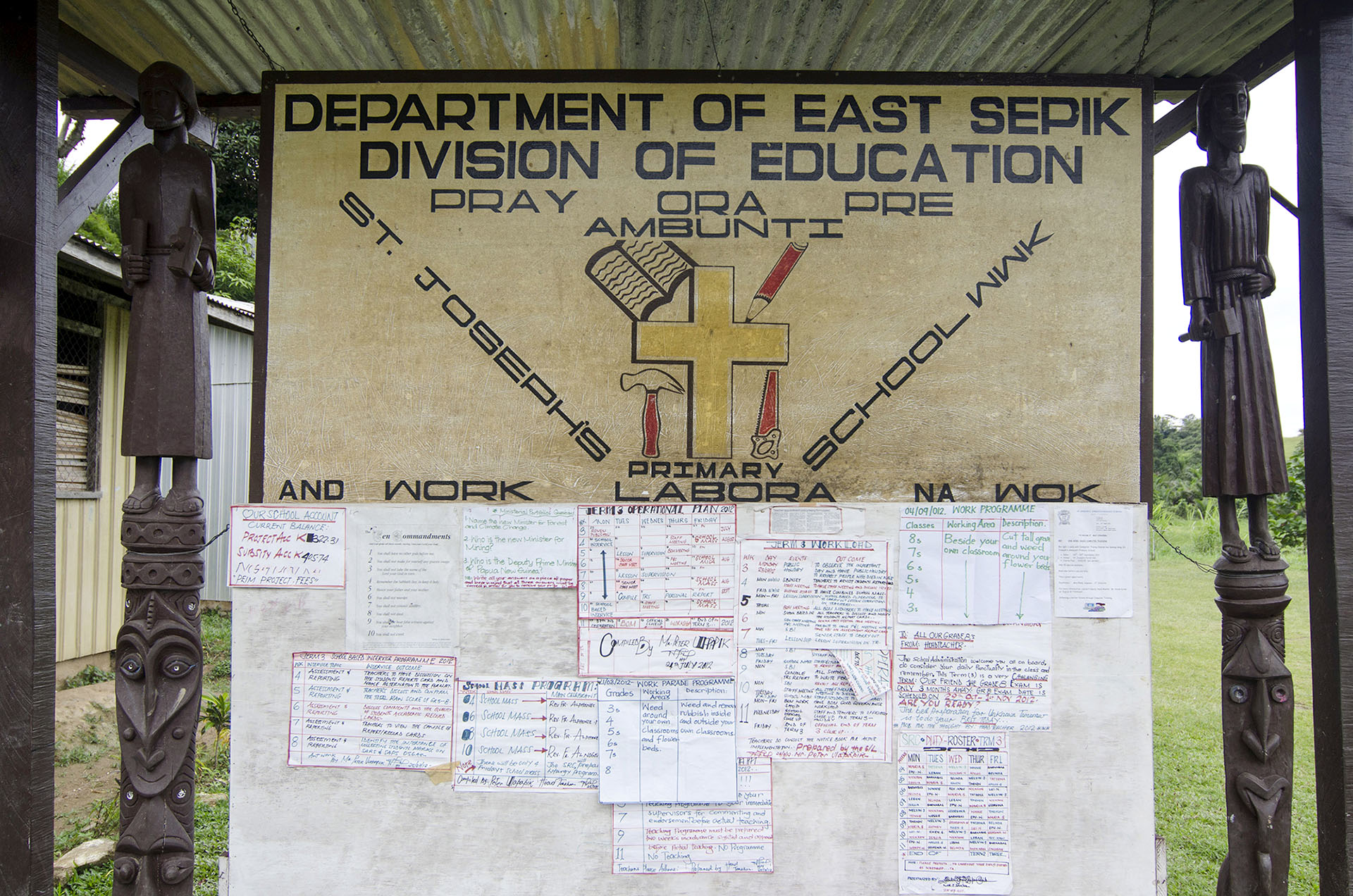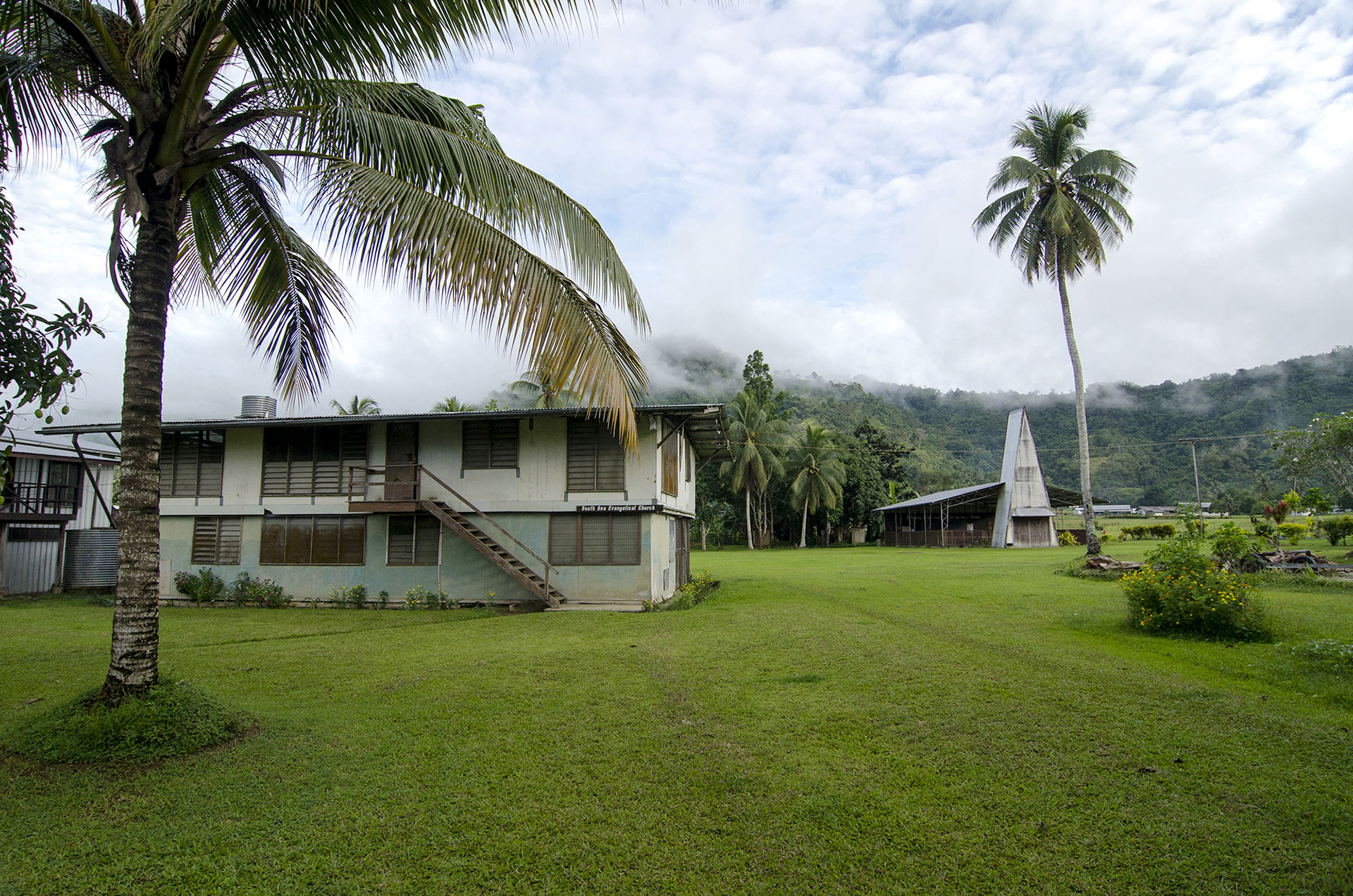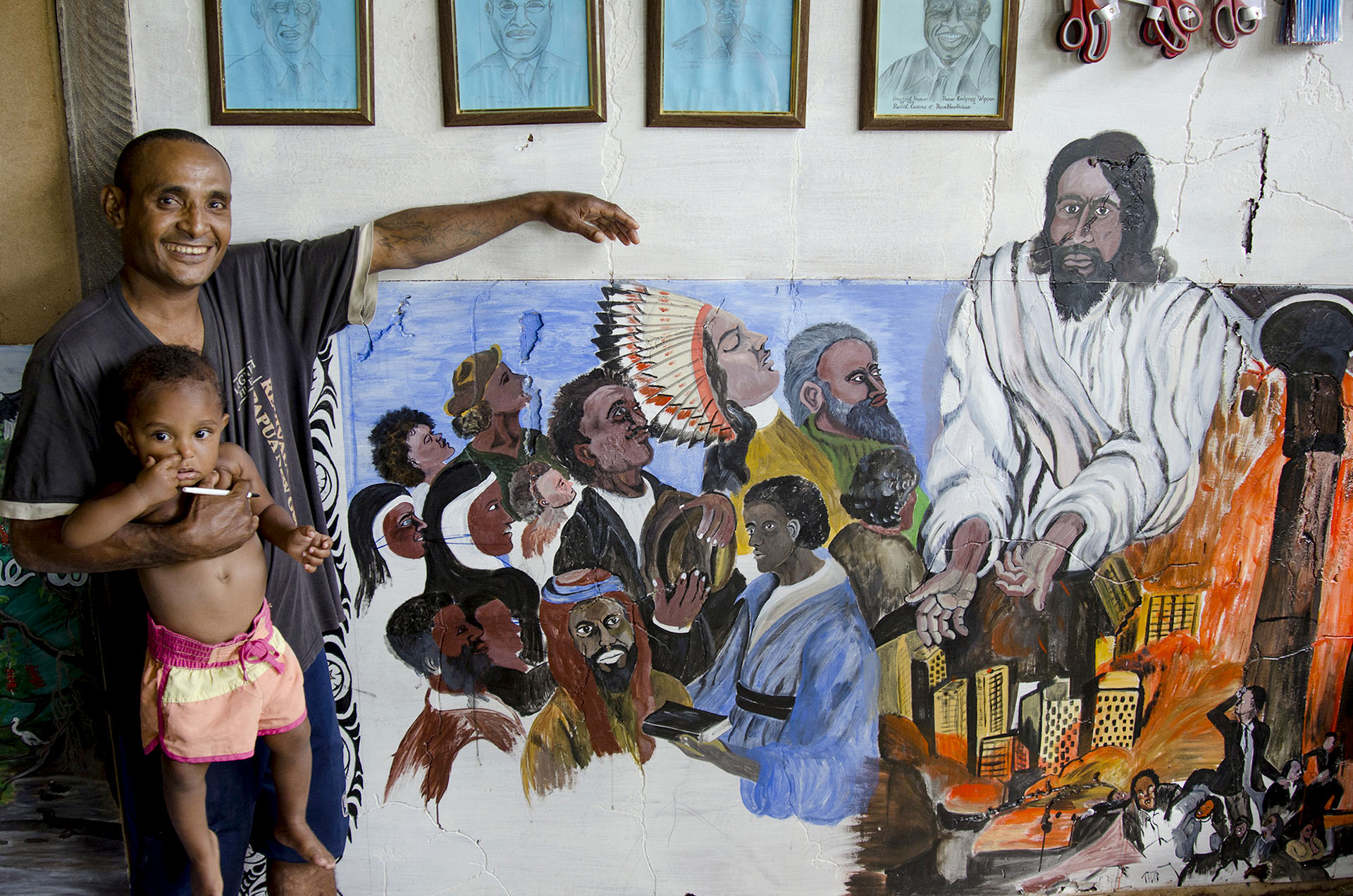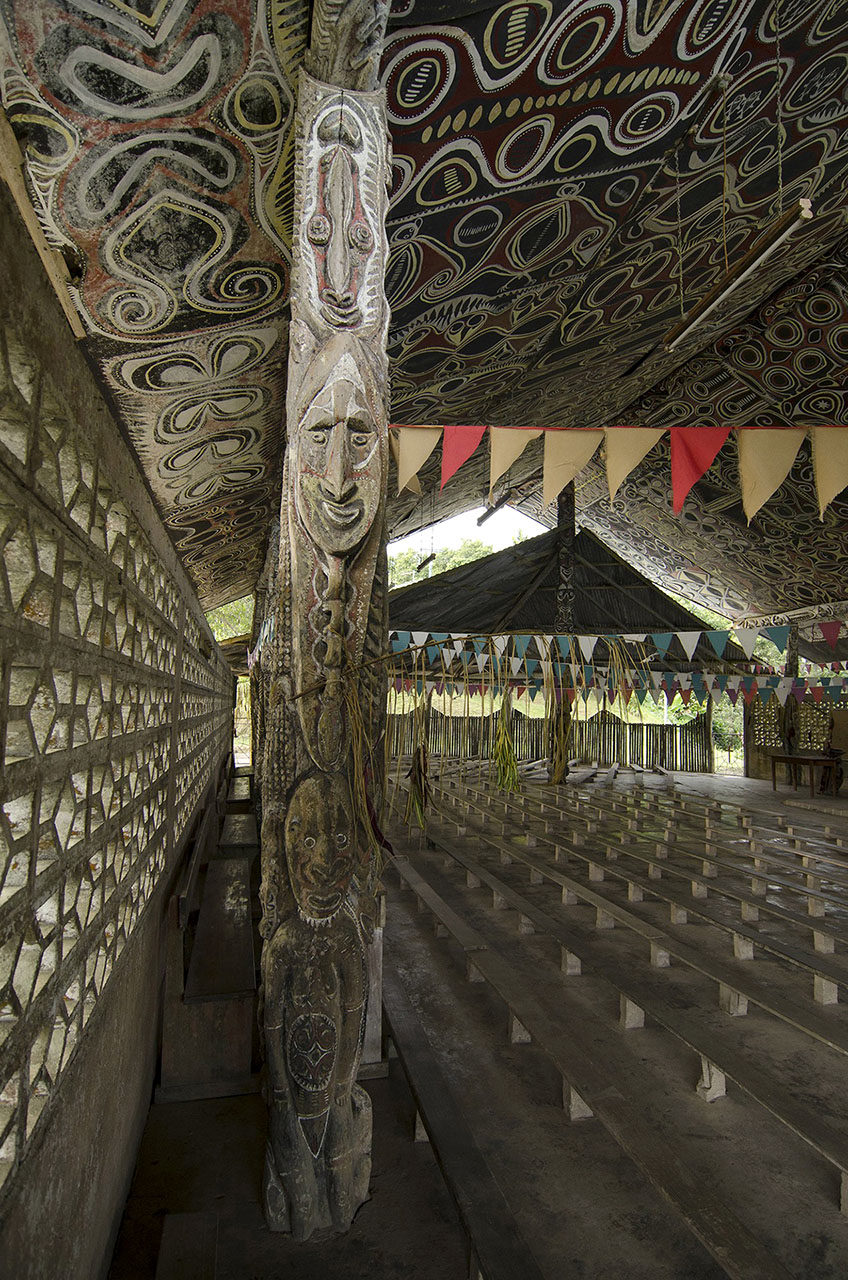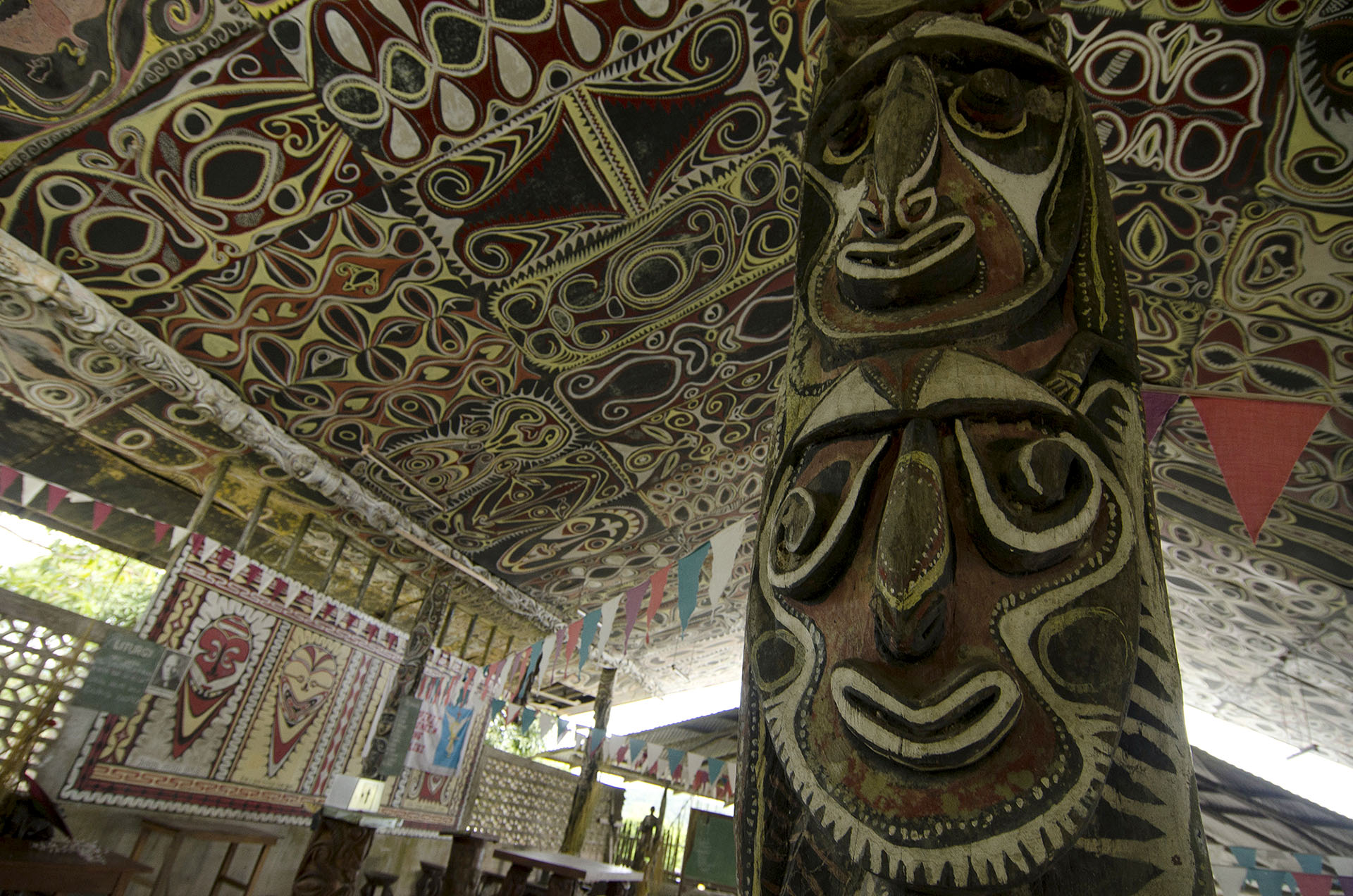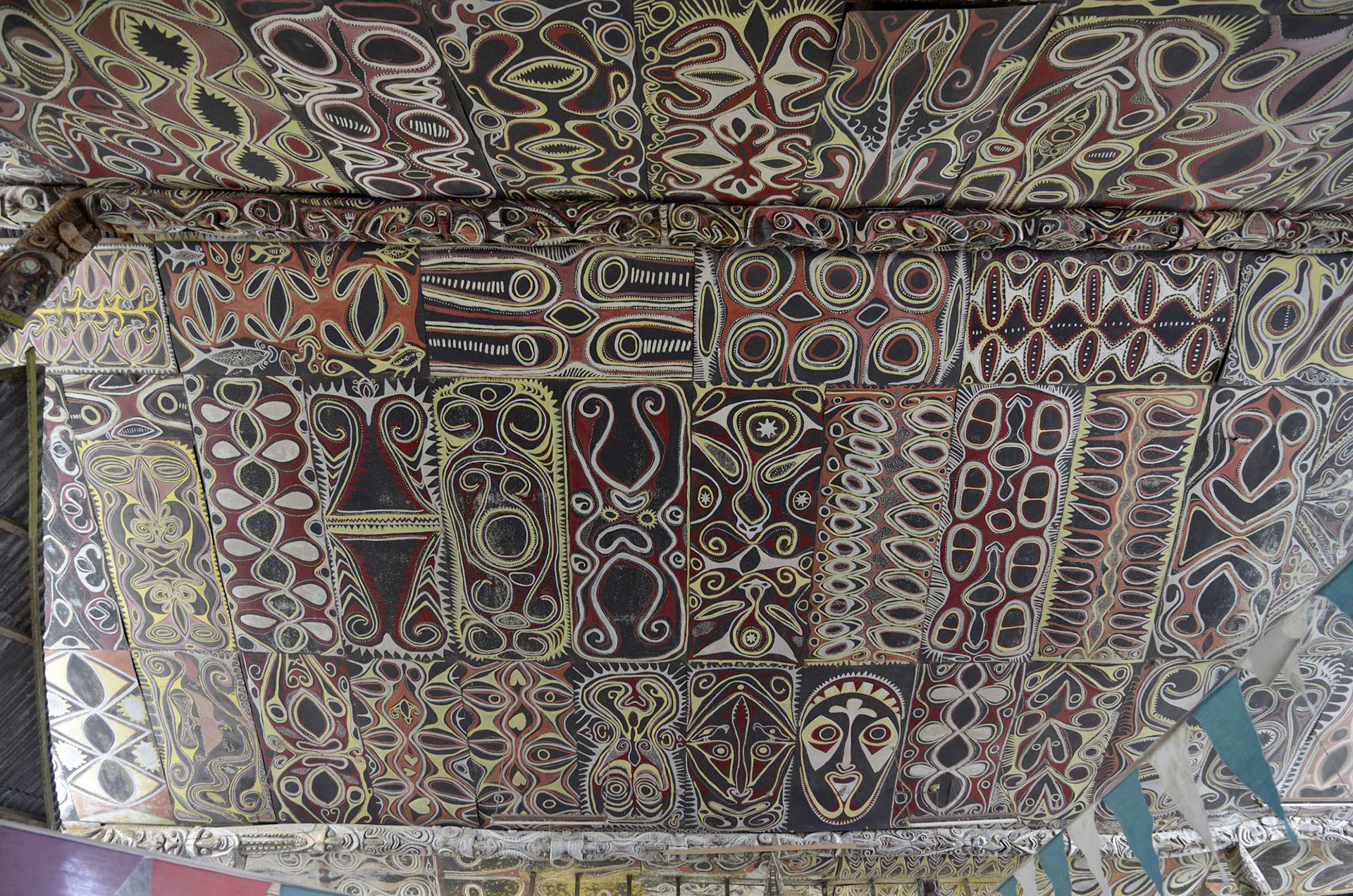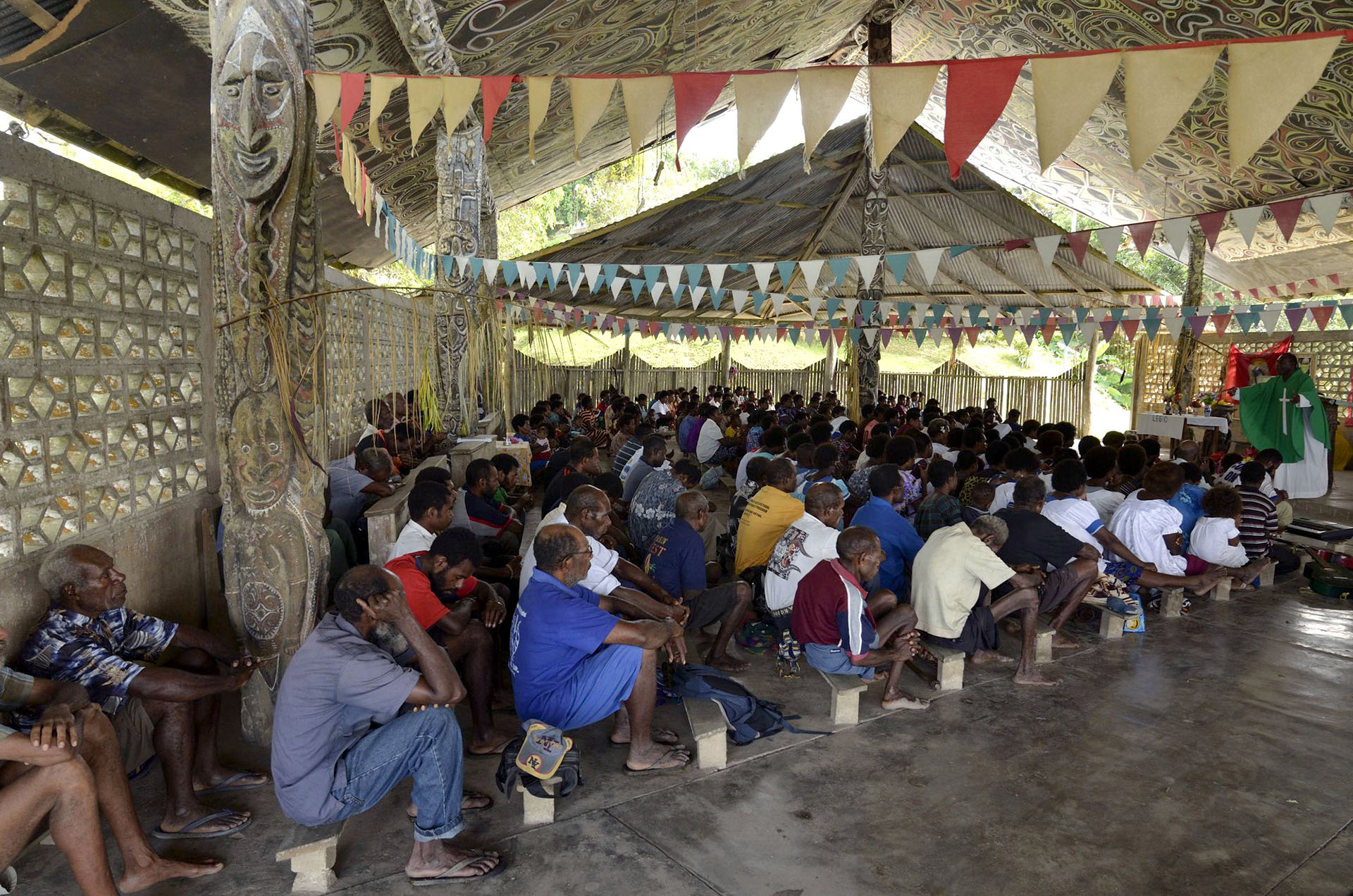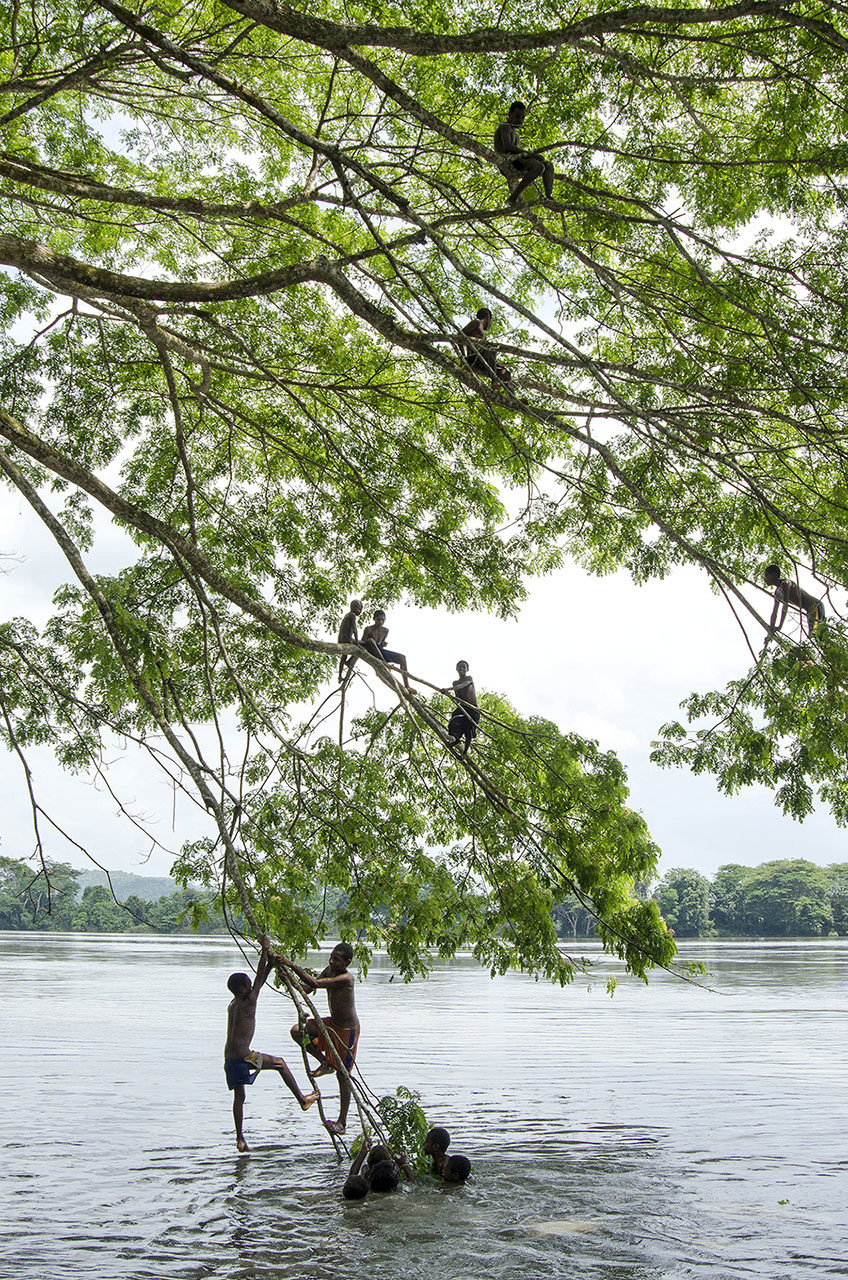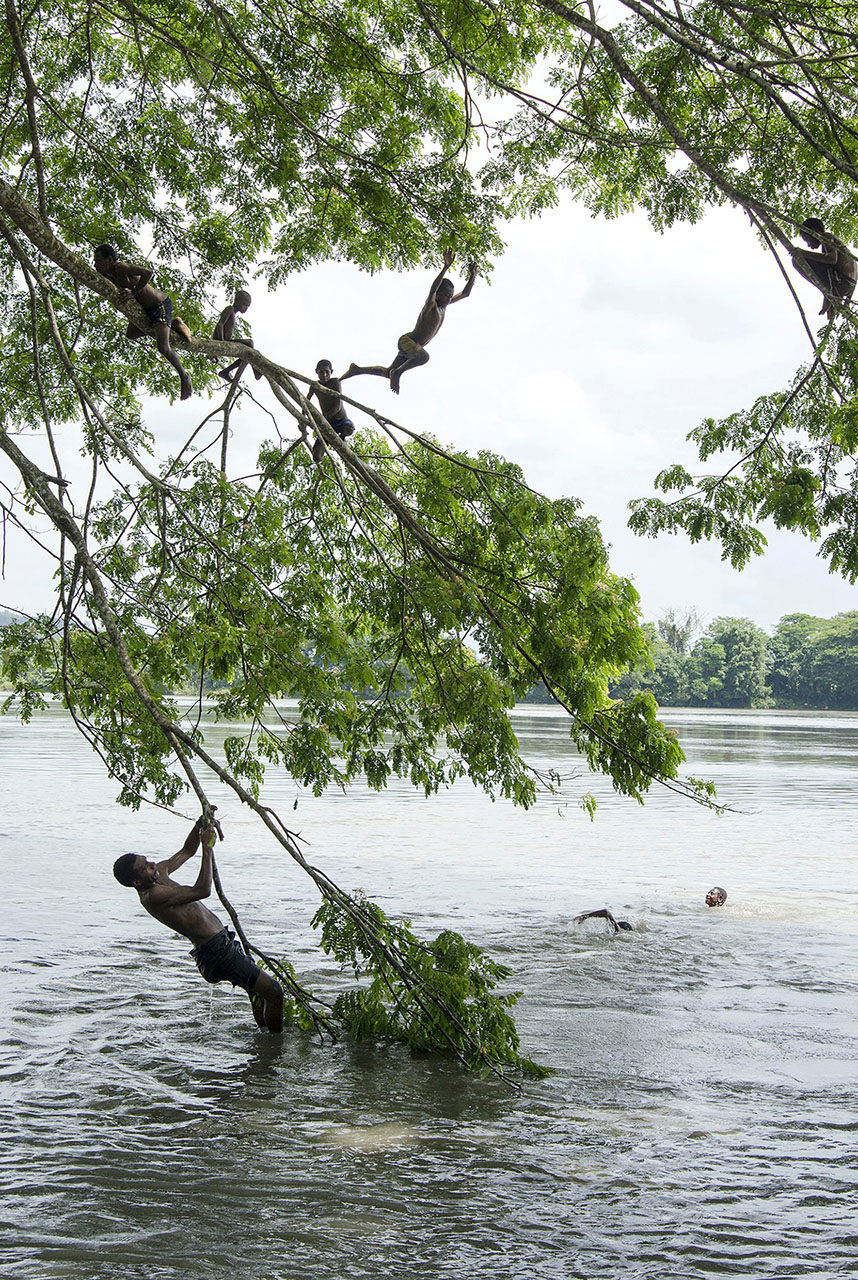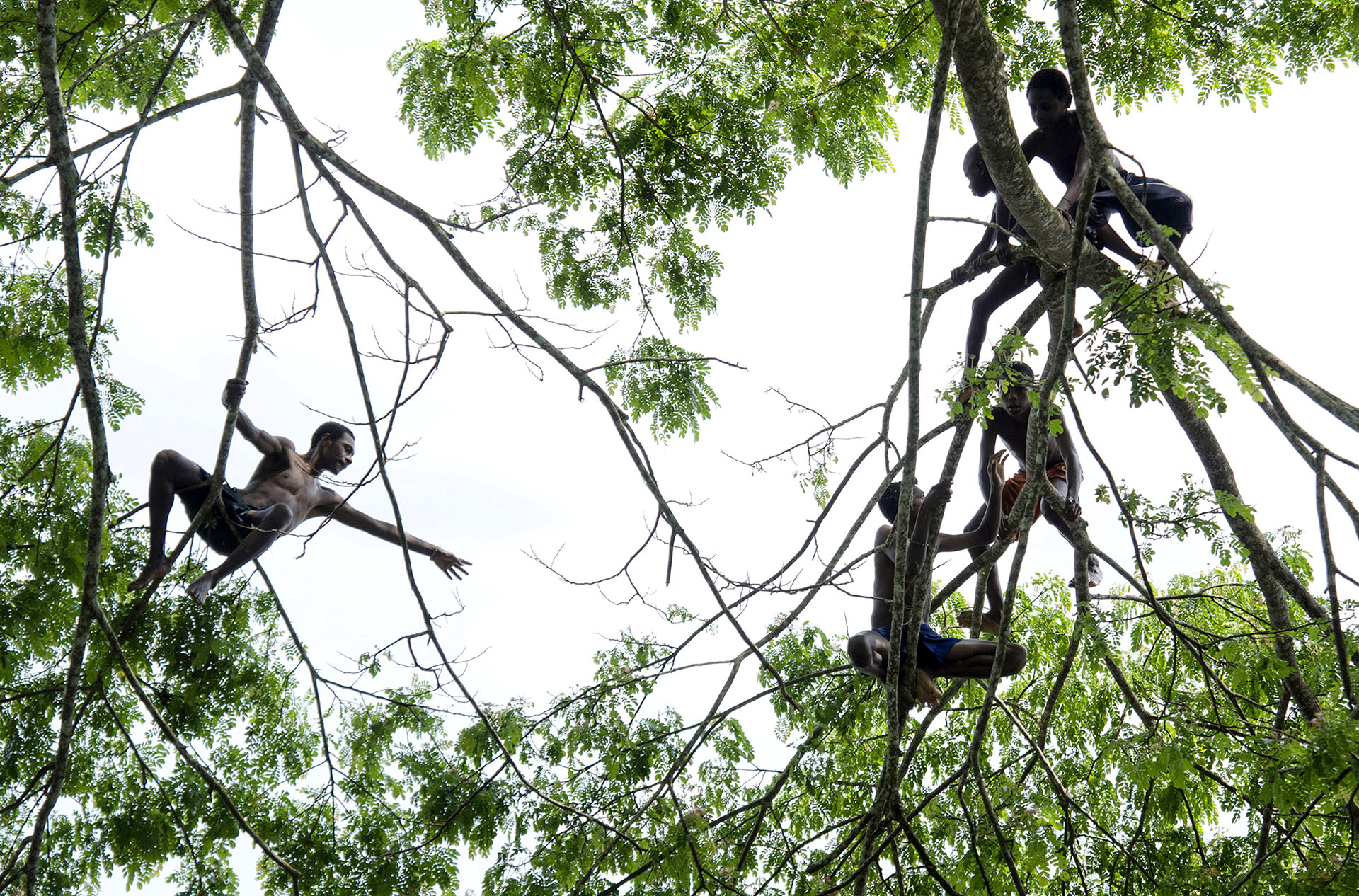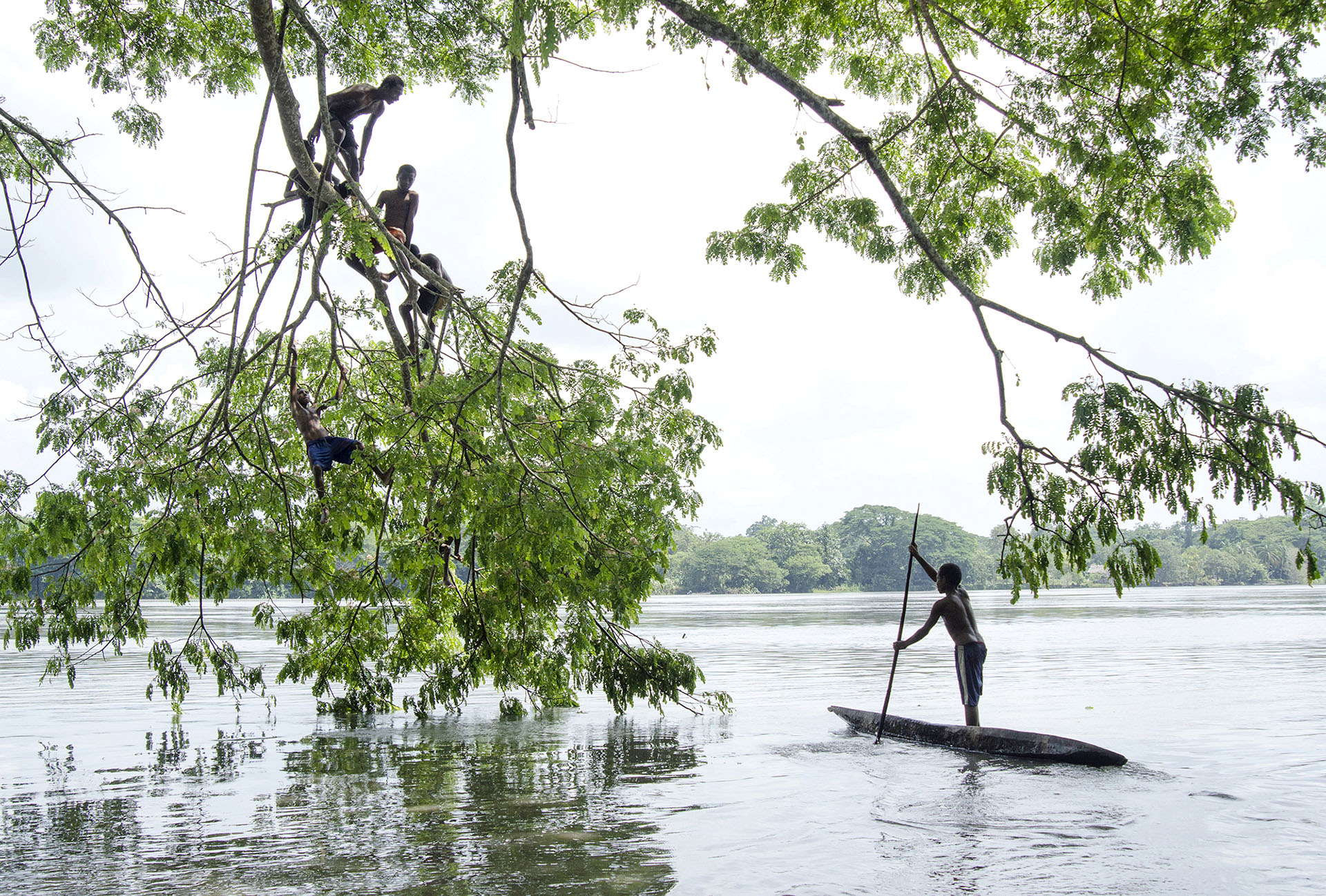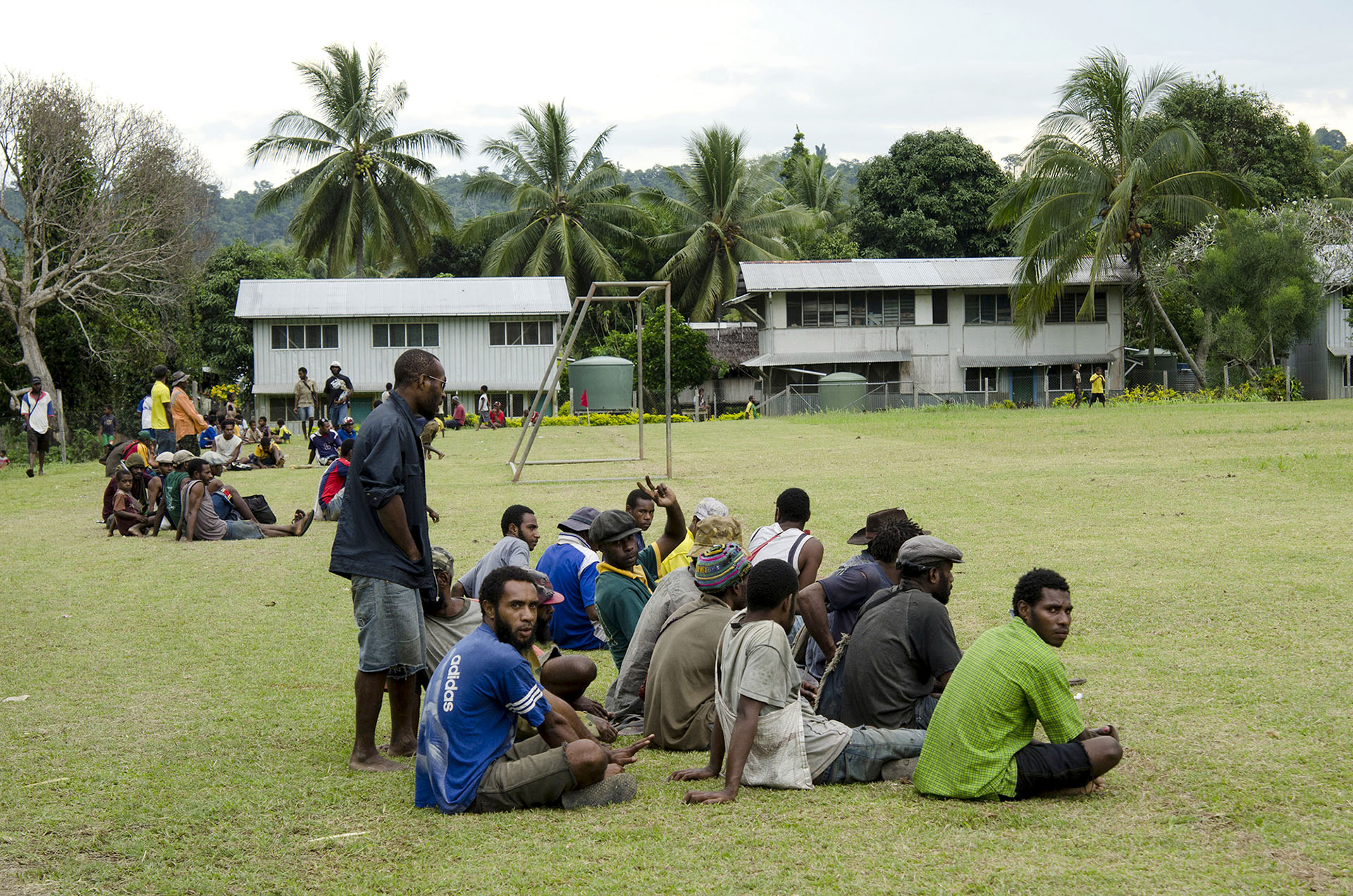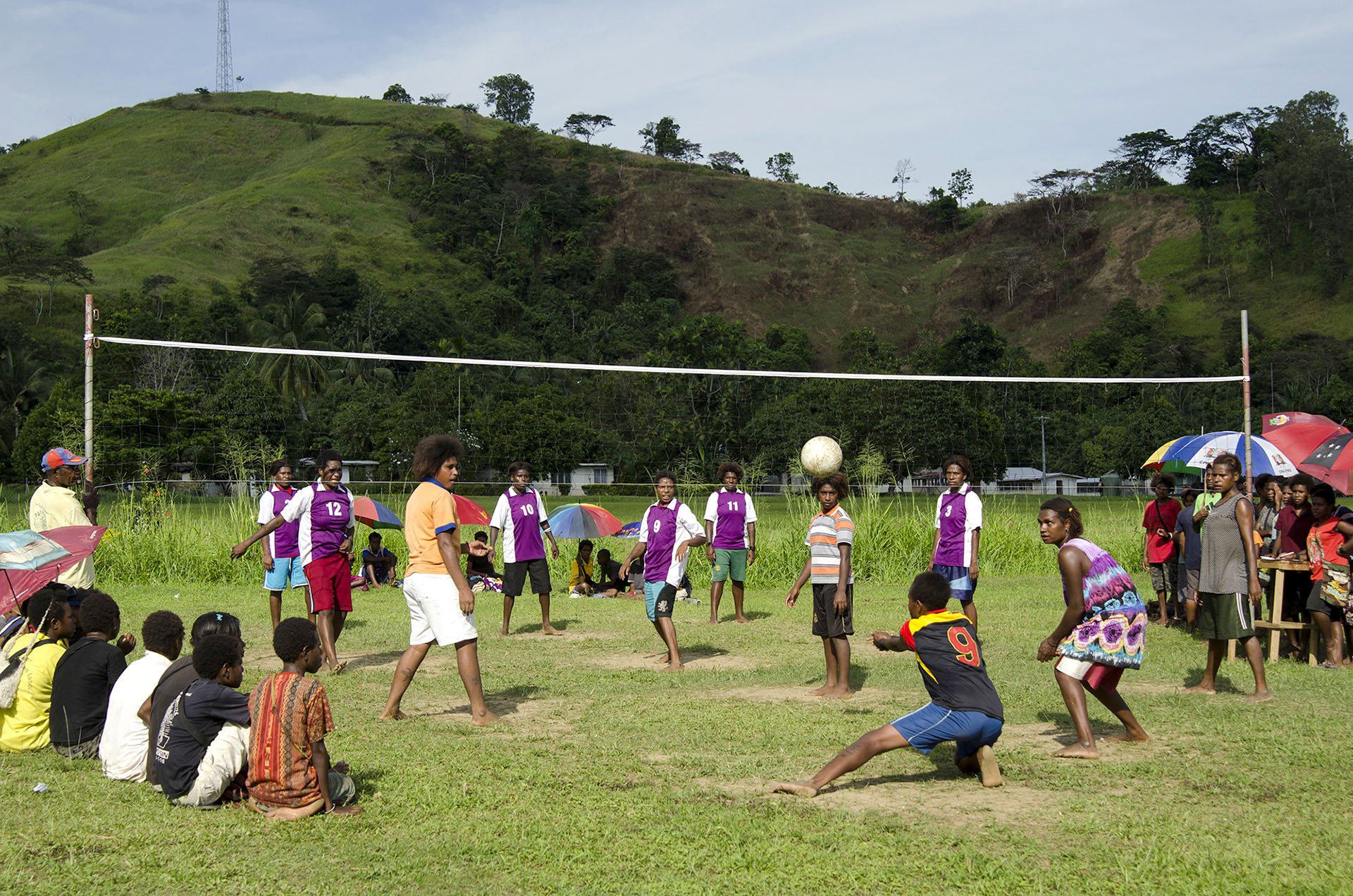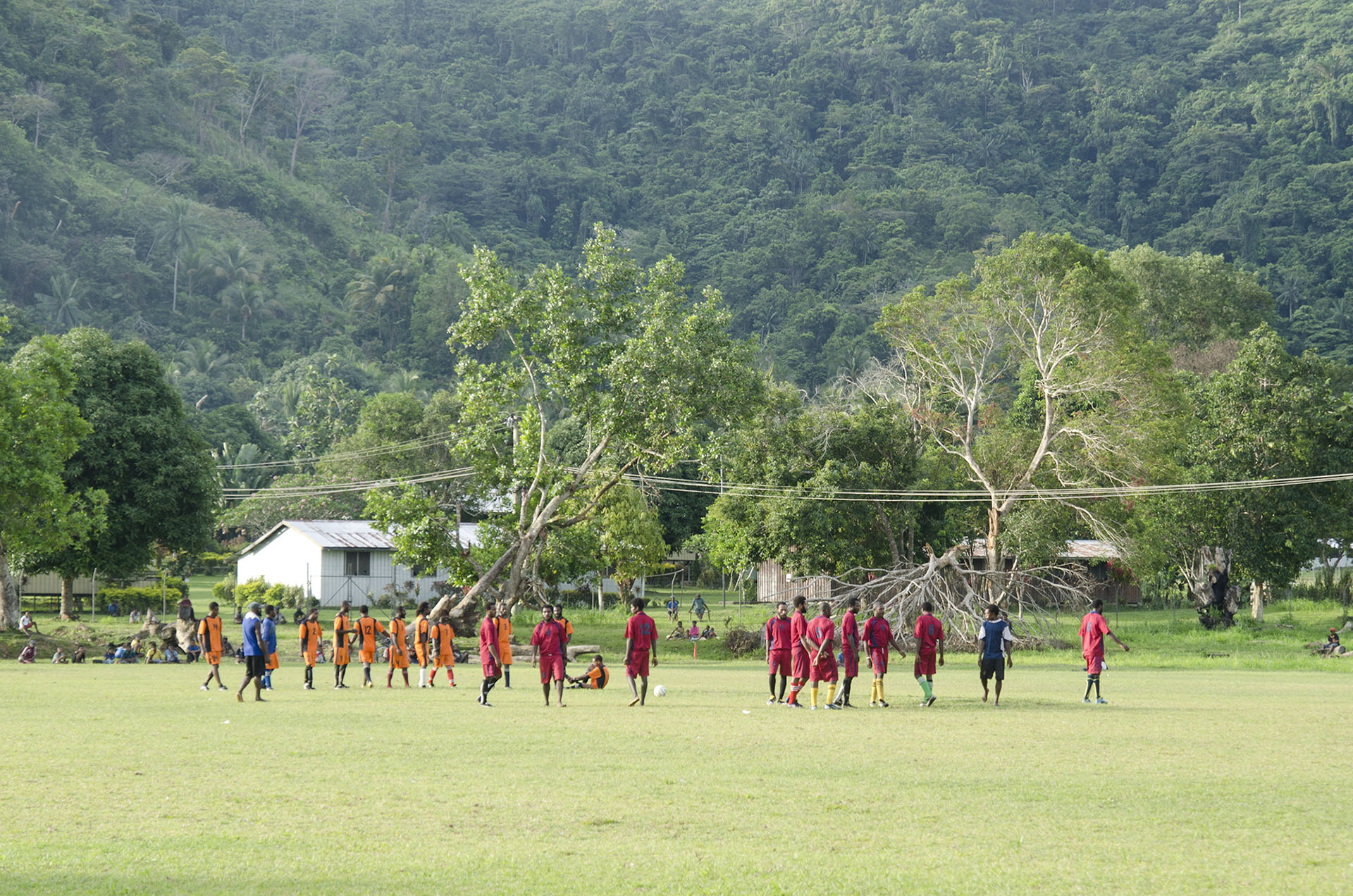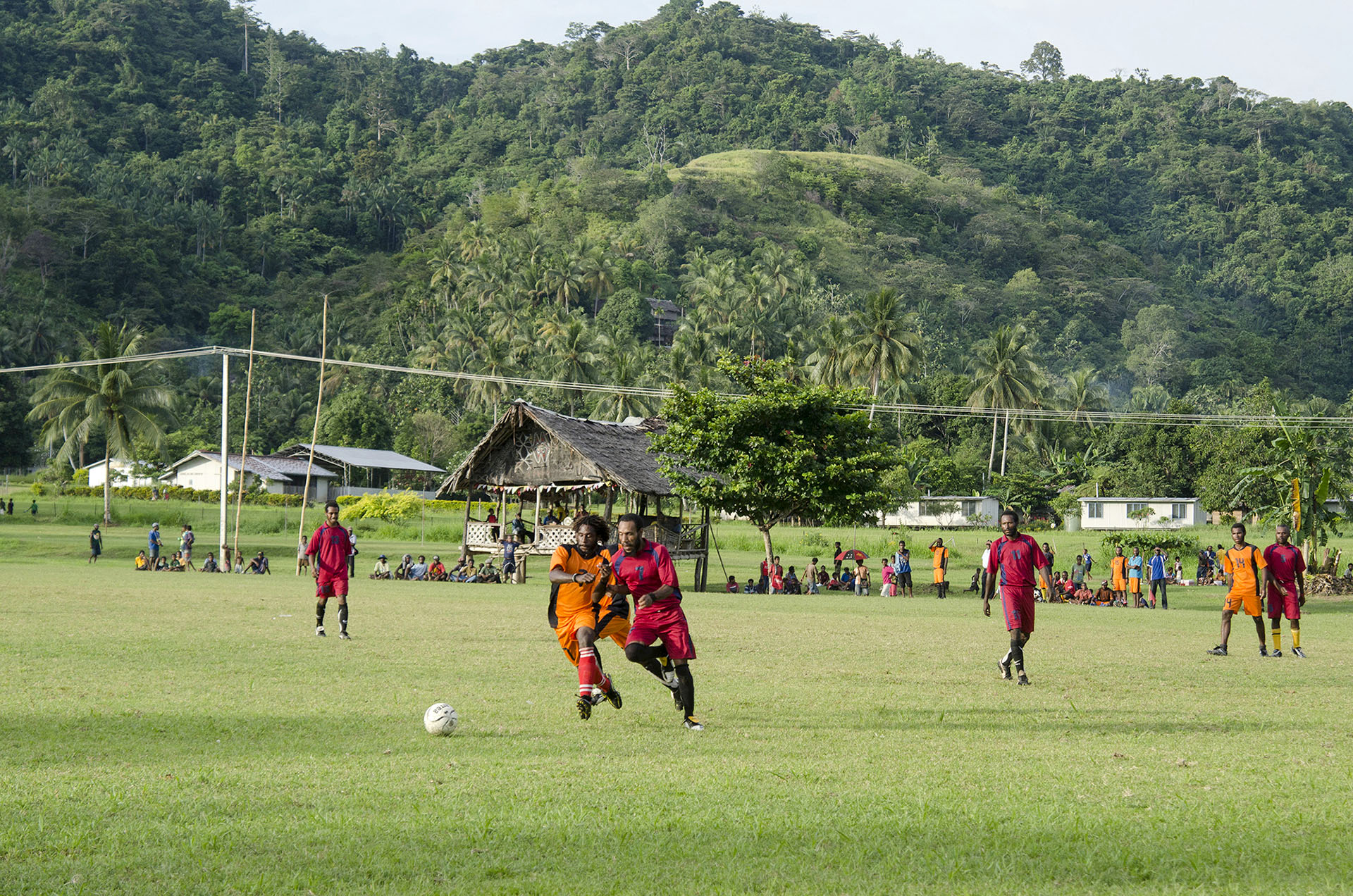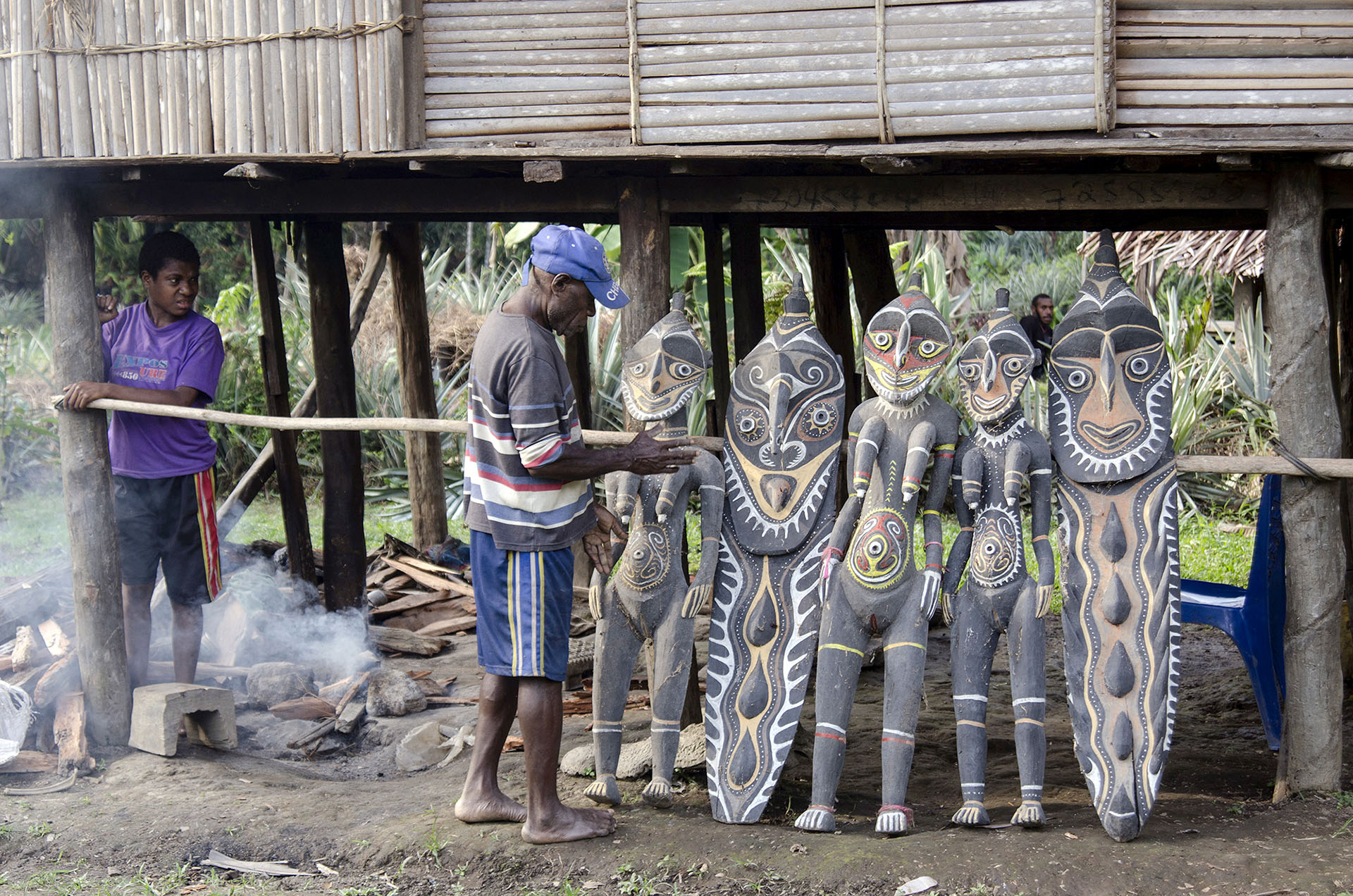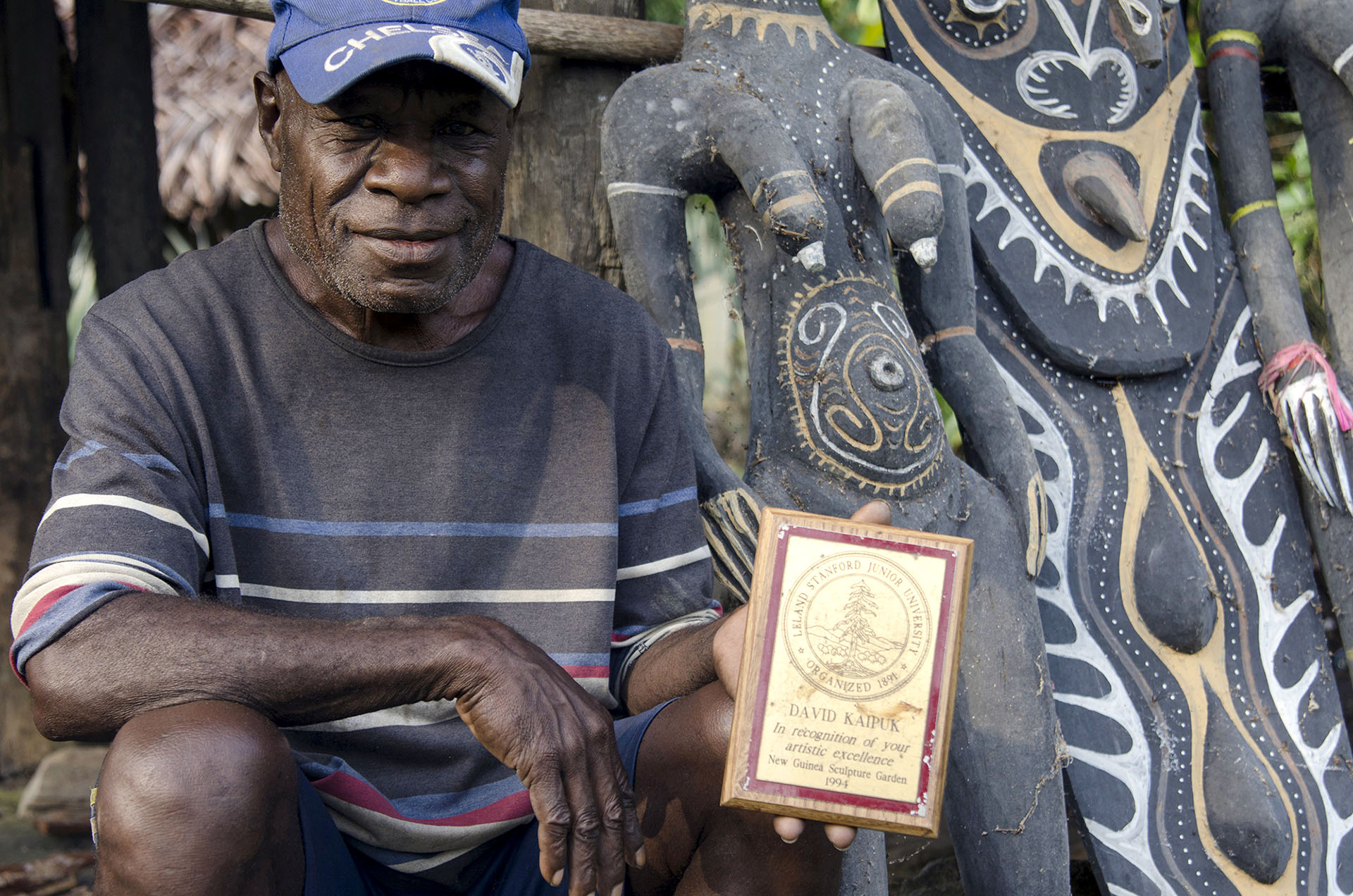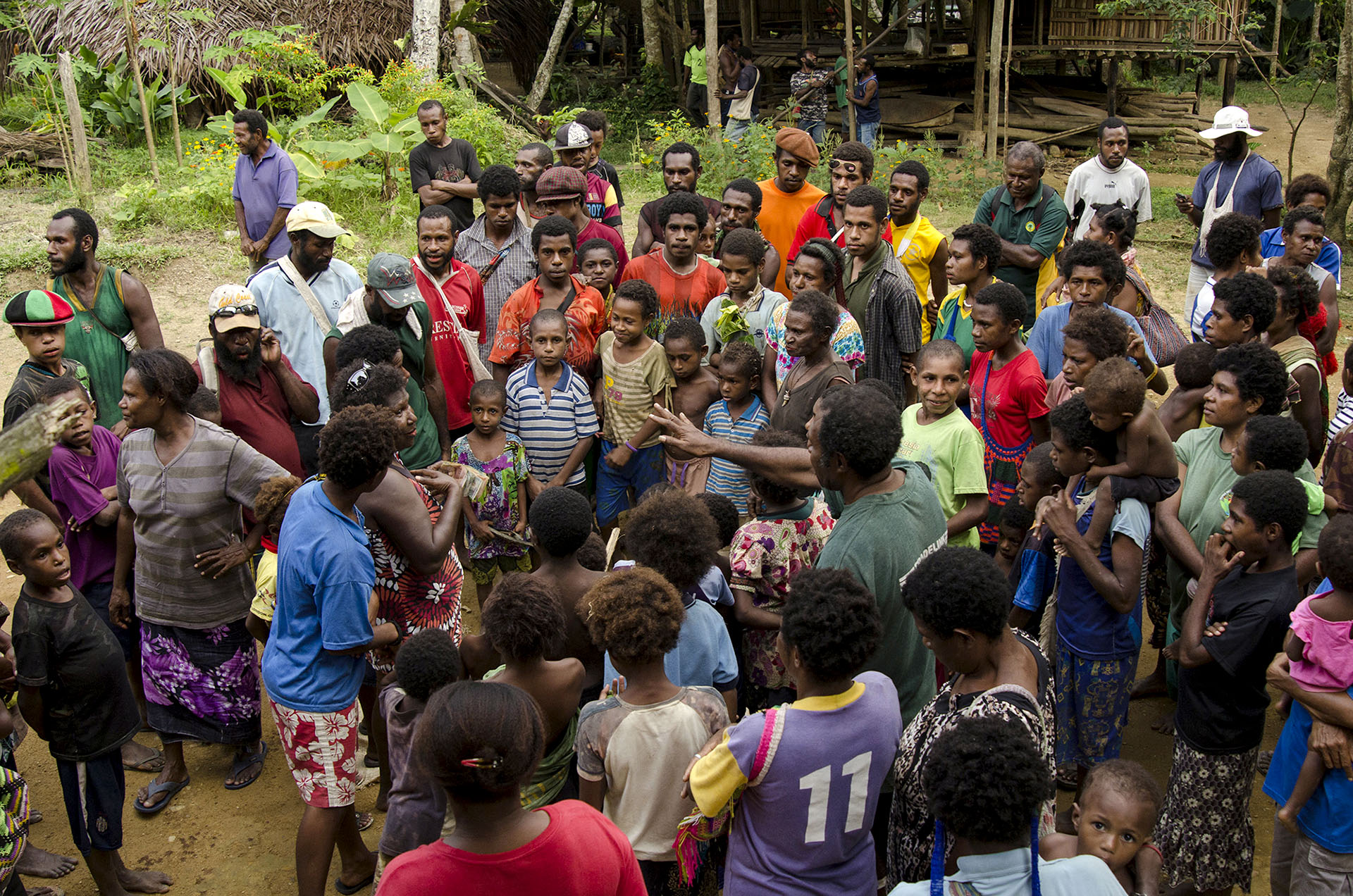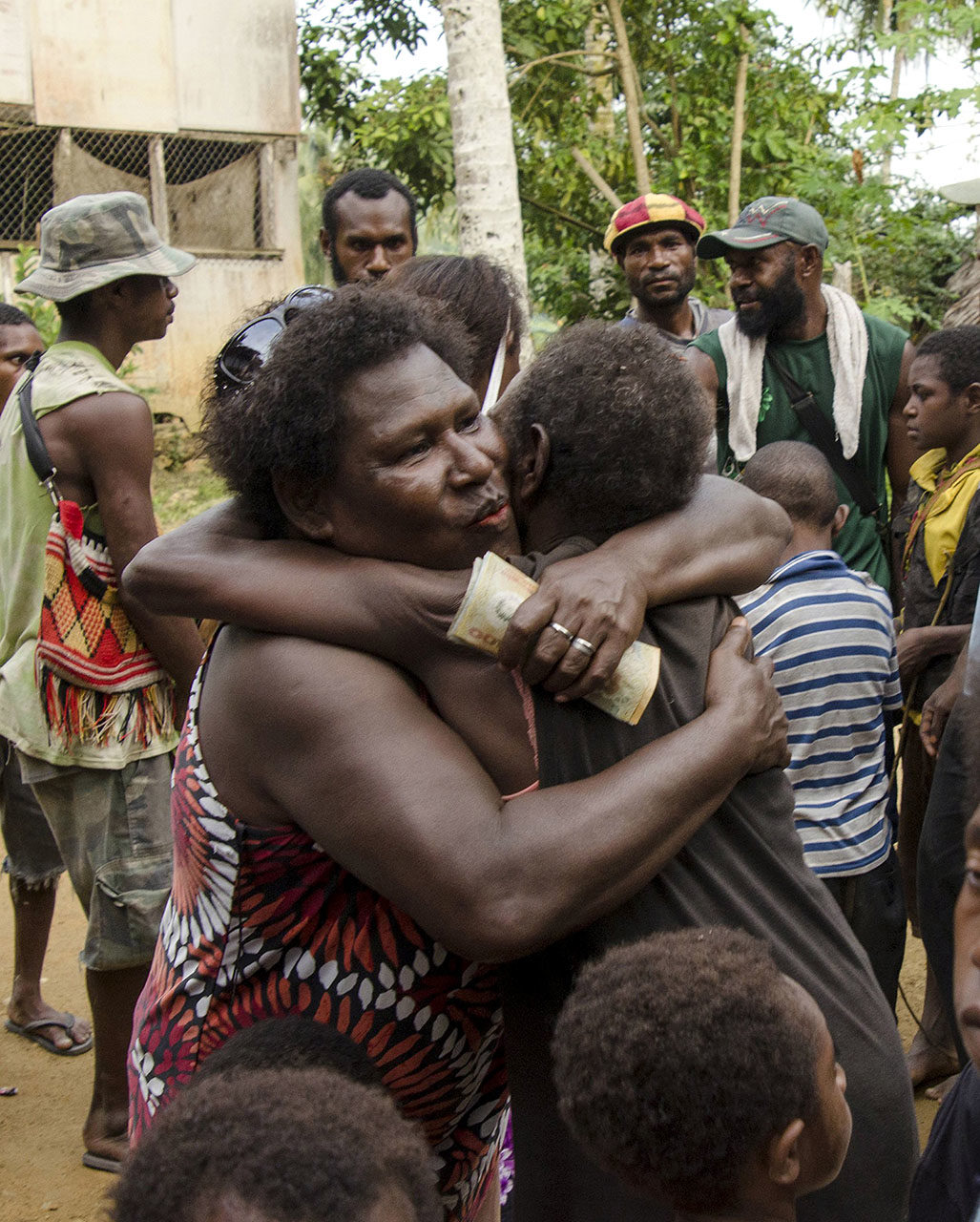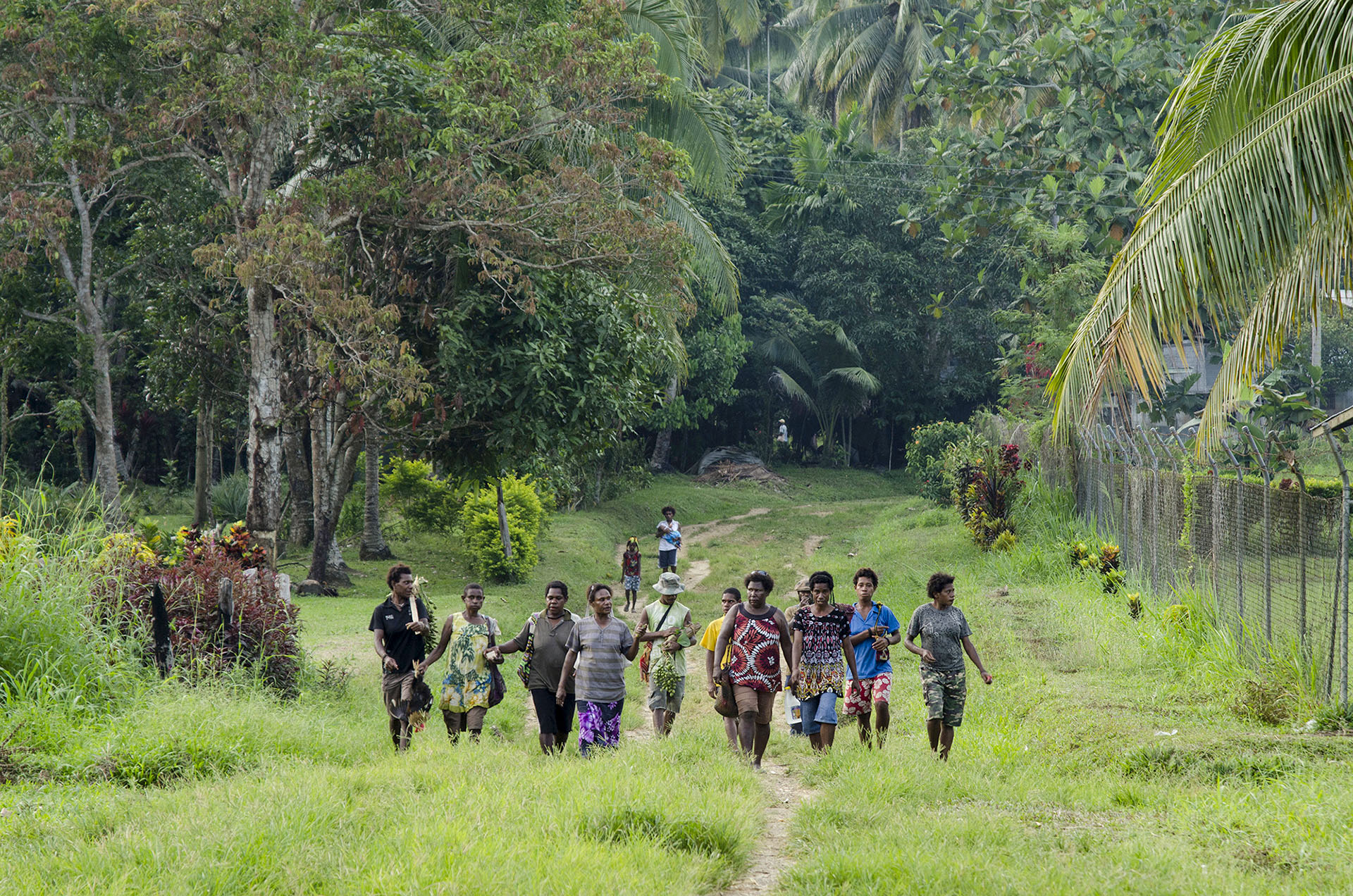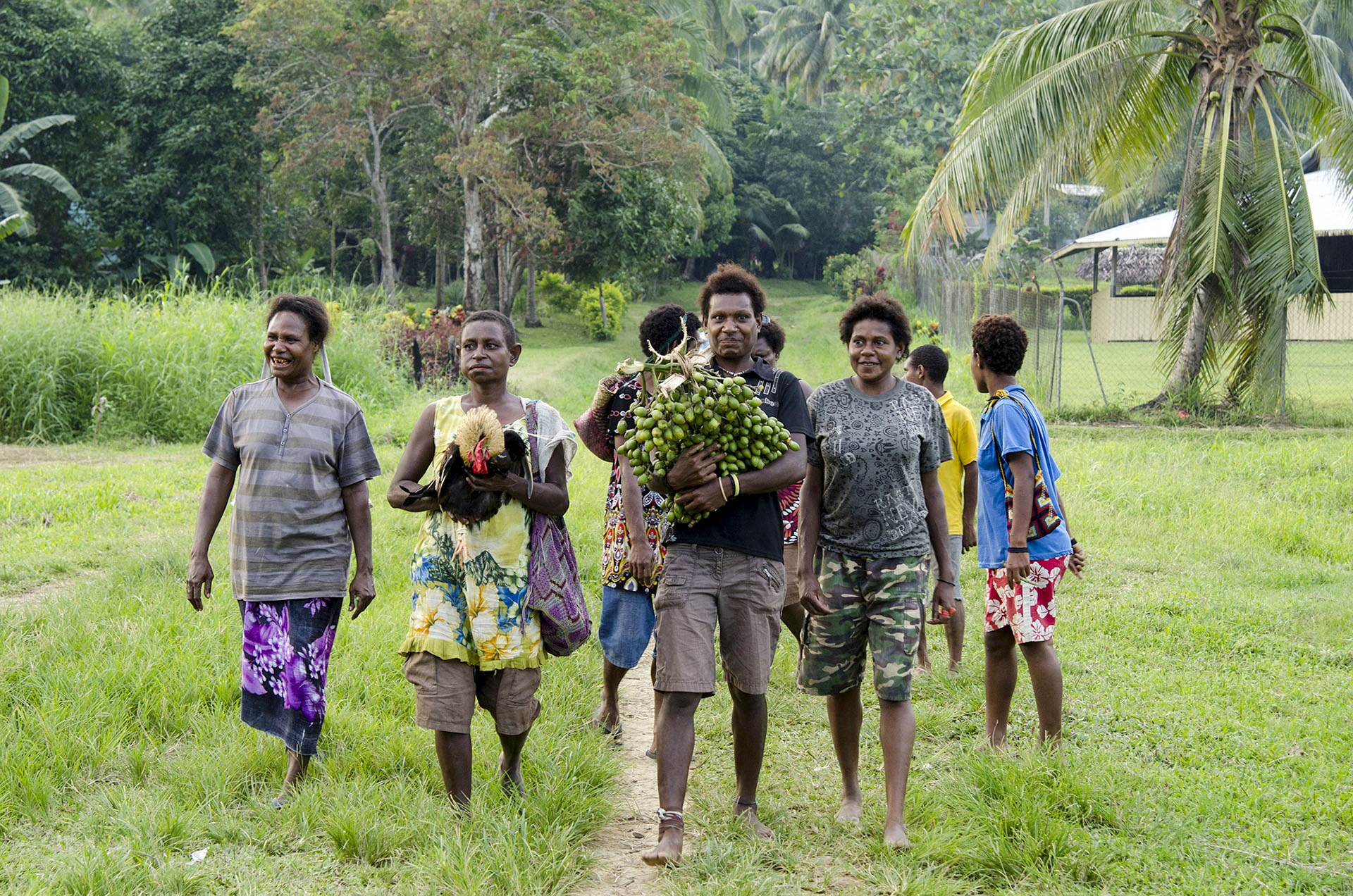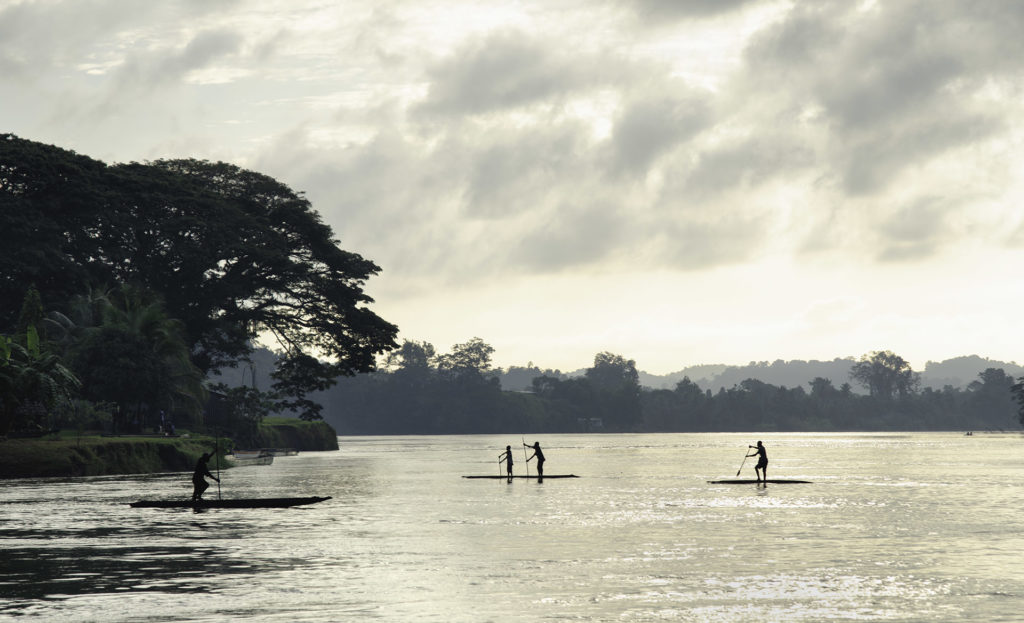
In August 2012 I crossed from West Papua to Papua New Guinea, to stay a few days in Vanimo, a small border town, to renew my Indonesian visa. The process took only one day, so, why not, I left east for a short trip, to have a sight of the Sepik River.
I arrived in Pagwi, on the Sepik bank, where I looked for a boat to go downstream, back to the coast. But the first canoe which stopped was heading upstream. I hopped in and ended up on a two-month journey along the Sepik River.
My first stop was in Ambunti, an administrative centre, on Middle Sepik. There, under a religious–public administration, a few ethnic groups divided into clans, live together. On Sepik, most of the public administration, education and other services are run by Catholic and Protestant missions.
In Ambunti I was introduced to a few community elders from the Kwoma clans, who took me into the fantastic world of Sepik mythology. I met indigenous artists tangled up in a net of taboos, superstitions and nowadays issues, saw churches featuring tribal-cult-houses designs (or vice versa?), and listen to folk tales from the local mythology. I even witnessed a trial held by a village court, applying customary laws, and I received my share of the compensation received by “my family”.
Then, I didn’t know this was about to become a few years-long project, as the following years I kept returning to Sepik to record myth tales and legends.



